10% Off on orders above $500, Use Code Flat10
Free Express Shipping on Orders above $350
$0.00 USD
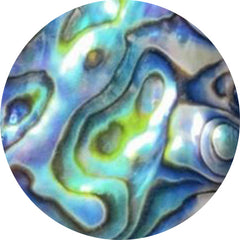 ABALONE SHELL (105)
ABALONE SHELL (105)
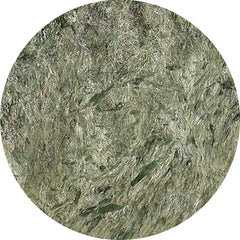 ACTINOLITE (5)
ACTINOLITE (5)
 Affordable Gemstones (17345)
Affordable Gemstones (17345)
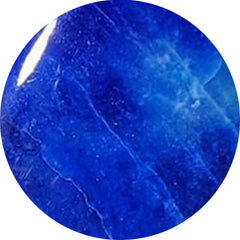 AFGHANITE (15)
AFGHANITE (15)
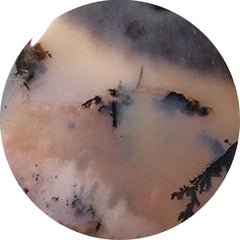 AGATE (2502)
AGATE (2502)
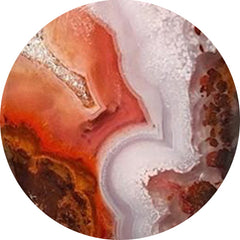 AGUA NUEVA (13)
AGUA NUEVA (13)
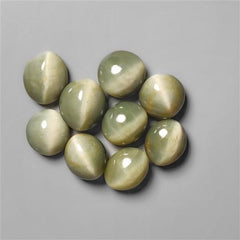 All Gemstones (5)
All Gemstones (5)
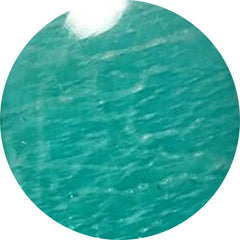 AMAZONITE (176)
AMAZONITE (176)
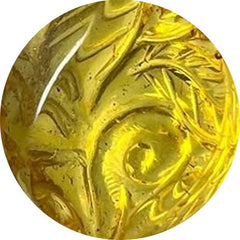 AMBER (156)
AMBER (156)
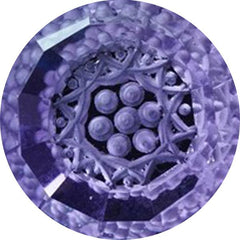 Amethyst (553)
Amethyst (553)
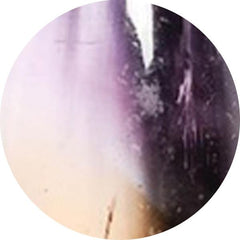 AMETRINE (0)
AMETRINE (0)
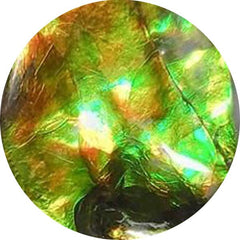 AMMOLITE (30)
AMMOLITE (30)
 AMMONITE (117)
AMMONITE (117)
 ANDALUSITE (2)
ANDALUSITE (2)
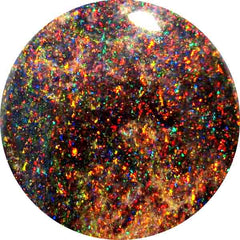 ANDAMOOKA OPAL (4)
ANDAMOOKA OPAL (4)
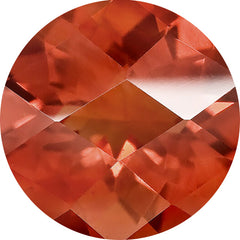 ANDESINE (1)
ANDESINE (1)
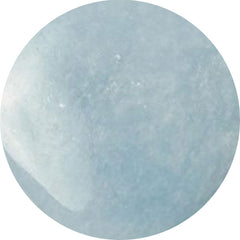 ANGELITE (31)
ANGELITE (31)
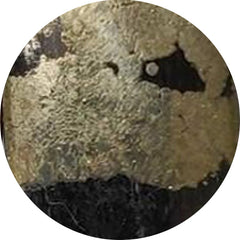 APACHE GOLD (28)
APACHE GOLD (28)
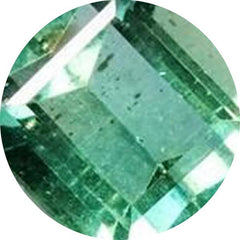 APATITE (132)
APATITE (132)
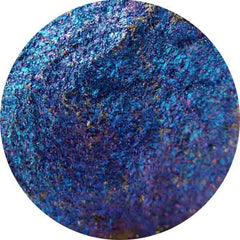 APOPHYLLITE (2)
APOPHYLLITE (2)
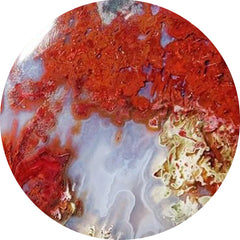 APPLE VALLEY AGATE (0)
APPLE VALLEY AGATE (0)
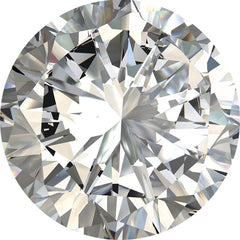 APRIL BIRTHSTONE (47)
APRIL BIRTHSTONE (47)
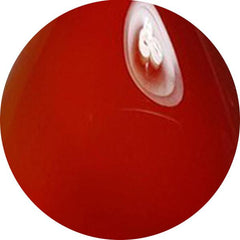 AQEEQ (0)
AQEEQ (0)
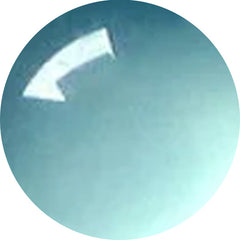 AQUA CHALCEDONY (18)
AQUA CHALCEDONY (18)
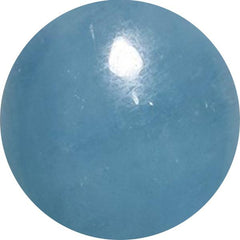 AQUAMARINE (75)
AQUAMARINE (75)
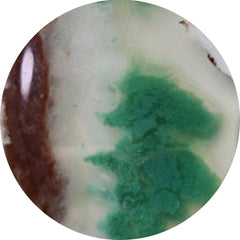 AQUAPRASE (47)
AQUAPRASE (47)
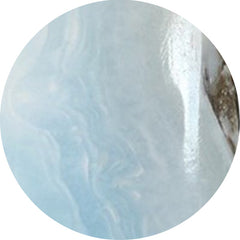 ARAGONITE (2)
ARAGONITE (2)
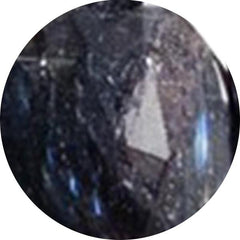 ARFVEDSONITE (1)
ARFVEDSONITE (1)
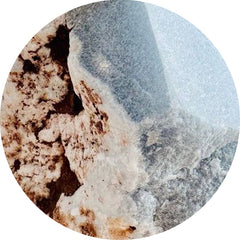 ARISTOLITE (0)
ARISTOLITE (0)
 ARIZONA TURQUOISE (1)
ARIZONA TURQUOISE (1)
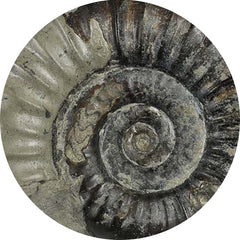 ARNIOCERAS SEMICOSTATUM FOSSIL (0)
ARNIOCERAS SEMICOSTATUM FOSSIL (0)
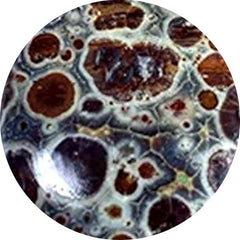 ASTEROID JASPER (11)
ASTEROID JASPER (11)
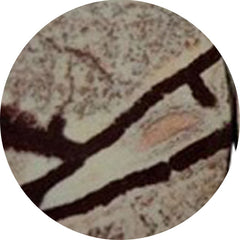 ASTROPHYLLITE (61)
ASTROPHYLLITE (61)
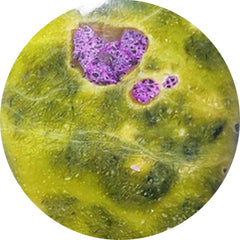 ATLANTASITE (94)
ATLANTASITE (94)
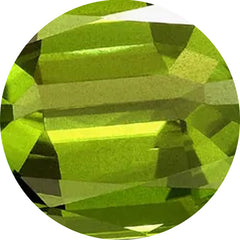 AUGUST BIRTHSTONE (33)
AUGUST BIRTHSTONE (33)
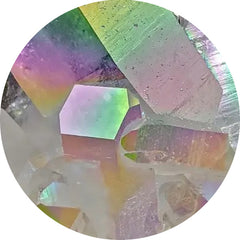 AURA QUARTZ (0)
AURA QUARTZ (0)
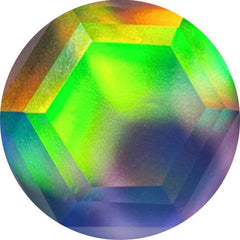 AURORA OPAL (270)
AURORA OPAL (270)
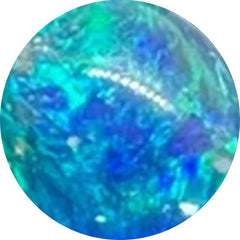 AUSTRALIAN OPAL (11)
AUSTRALIAN OPAL (11)
 AVENTURINE (76)
AVENTURINE (76)
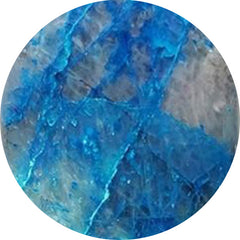 AZURITE (284)
AZURITE (284)
 AZURITE MALACHITE (42)
AZURITE MALACHITE (42)
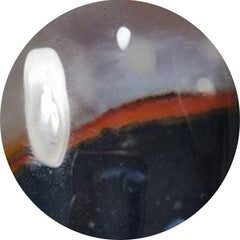 BANDED AGATE (84)
BANDED AGATE (84)
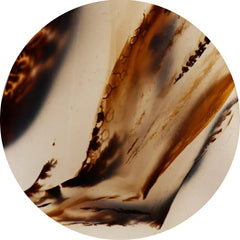 BARBER AGATE (0)
BARBER AGATE (0)
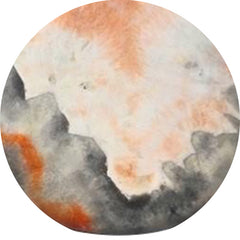 BARITE (12)
BARITE (12)
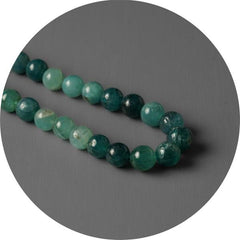 Beads (60)
Beads (60)
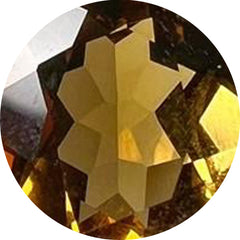 BEER QUARTZ (23)
BEER QUARTZ (23)
 BERBER AGATE (4)
BERBER AGATE (4)
 Best Offer Black Friday Sale (0)
Best Offer Black Friday Sale (0)
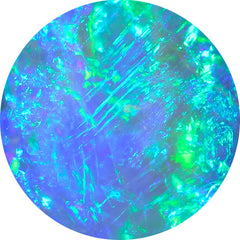 Best Seller (0)
Best Seller (0)
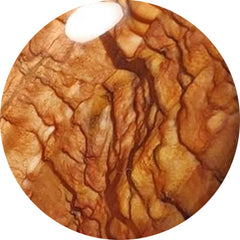 BIGGS JASPER (34)
BIGGS JASPER (34)
 Bird Carving (92)
Bird Carving (92)
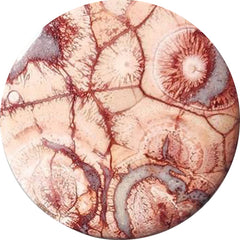 BIRD EYE JASPER (50)
BIRD EYE JASPER (50)
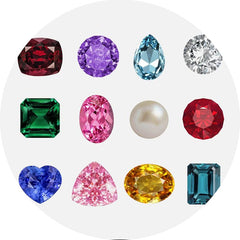 Birthstones (0)
Birthstones (0)
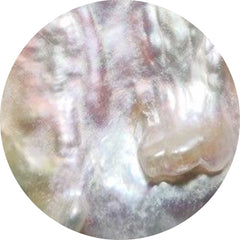 BIWA PEARL (38)
BIWA PEARL (38)
 Black Gemstones (876)
Black Gemstones (876)
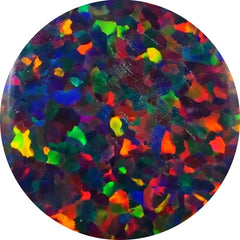 BLACK OPAL (53)
BLACK OPAL (53)
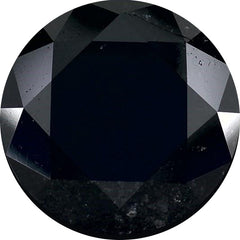 BLACK SPINEL (19)
BLACK SPINEL (19)
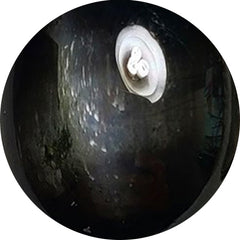 BLACK STAR (32)
BLACK STAR (32)
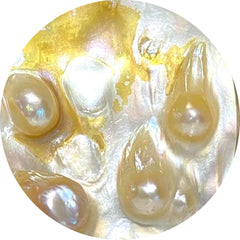 BLISTER PEARL (32)
BLISTER PEARL (32)
 BLOODSHOT IOLITE (32)
BLOODSHOT IOLITE (32)
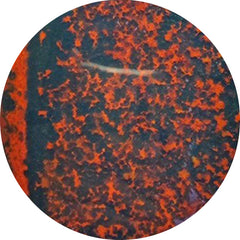 BLOODSTONE (89)
BLOODSTONE (89)
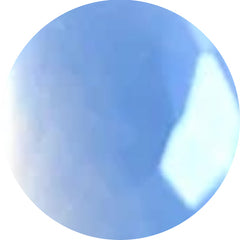 BLUE CHALCEDONY (24)
BLUE CHALCEDONY (24)
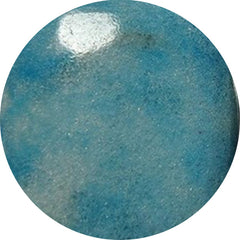 BLUE DIOPSIDE (0)
BLUE DIOPSIDE (0)
 Blue Gemstones (1300)
Blue Gemstones (1300)
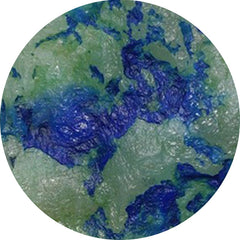 BLUE HORIZON (15)
BLUE HORIZON (15)
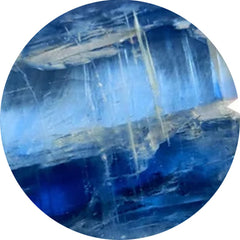 BLUE KYANITE (49)
BLUE KYANITE (49)
 BLUE LACE AGATE (228)
BLUE LACE AGATE (228)
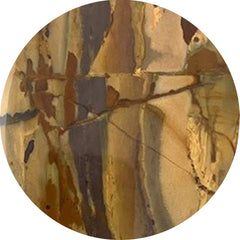 BLUE MOUNTAIN JASPER (0)
BLUE MOUNTAIN JASPER (0)
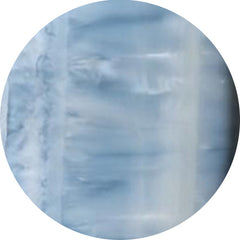 BLUE OPAL (195)
BLUE OPAL (195)
 BLUE QUARTZ (27)
BLUE QUARTZ (27)
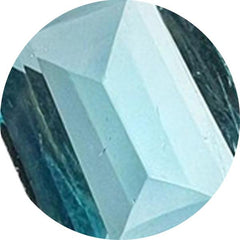 BLUE TOPAZ (83)
BLUE TOPAZ (83)
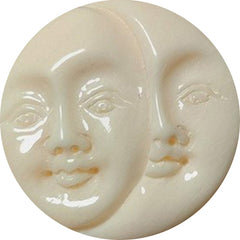 BONE (22)
BONE (22)
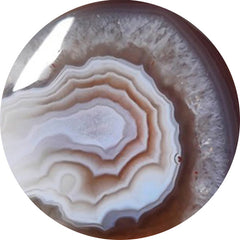 BOTSWANA AGATE (228)
BOTSWANA AGATE (228)
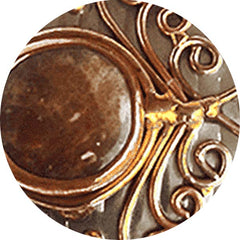 BRONZE (0)
BRONZE (0)
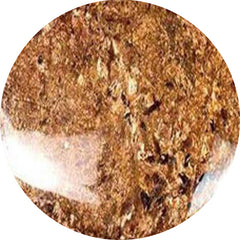 BRONZITE (3)
BRONZITE (3)
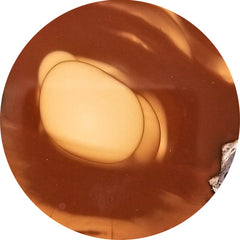 BRUNEAU JASPER (9)
BRUNEAU JASPER (9)
 BUMBLE BEE JASPER (215)
BUMBLE BEE JASPER (215)
 Buy Gemstones In USA (599)
Buy Gemstones In USA (599)
 Cabochon (0)
Cabochon (0)
 Cabochons (13258)
Cabochons (13258)
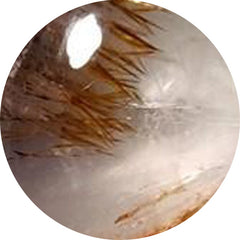 CACOXENITE (61)
CACOXENITE (61)
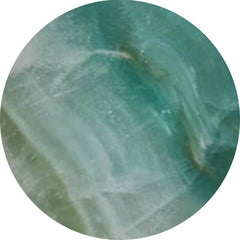 CALCITE (178)
CALCITE (178)
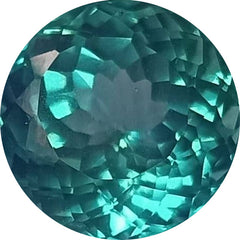 Calibrated (200)
Calibrated (200)
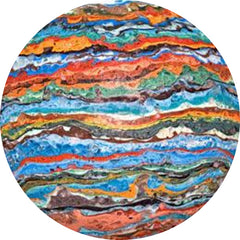 CALSILICA (0)
CALSILICA (0)
 CANDY CORN (6)
CANDY CORN (6)
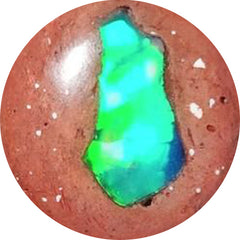 CANTERA OPAL (26)
CANTERA OPAL (26)
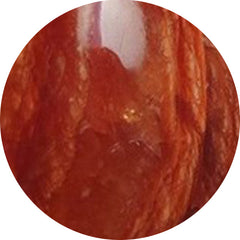 CARAMEL OPAL (2)
CARAMEL OPAL (2)
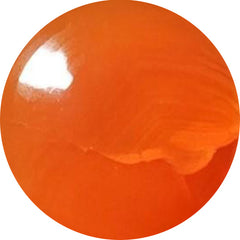 CARNELIAN AGATE (75)
CARNELIAN AGATE (75)
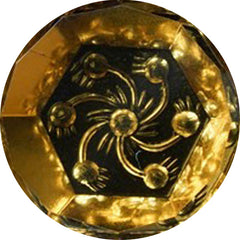 CARVING (1873)
CARVING (1873)
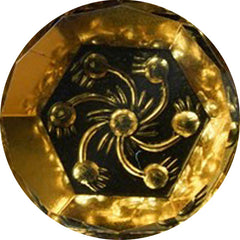 Carvings (2079)
Carvings (2079)
 CATS EYE (73)
CATS EYE (73)
 CAVANSITE (16)
CAVANSITE (16)
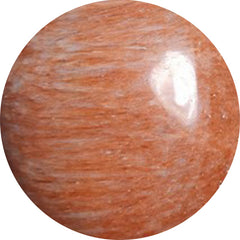 CELESTOBARITE (6)
CELESTOBARITE (6)
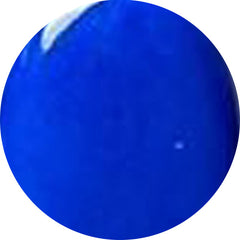 CERULEITE (0)
CERULEITE (0)
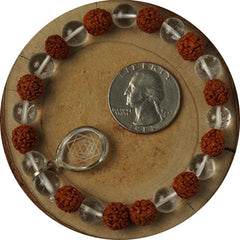 CHAKRA STONE (1)
CHAKRA STONE (1)
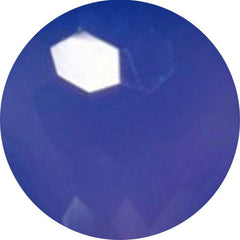 CHALCEDONY (392)
CHALCEDONY (392)
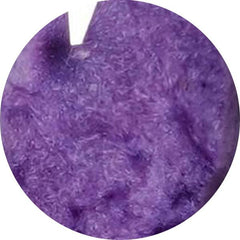 CHAROITE (178)
CHAROITE (178)
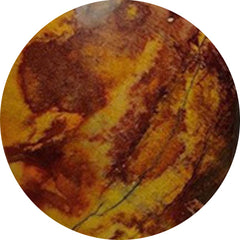 CHERRY CREEK JASPER (1)
CHERRY CREEK JASPER (1)
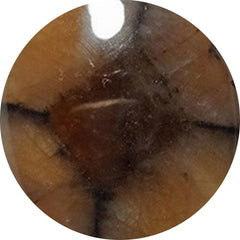 CHIASTOLITE (18)
CHIASTOLITE (18)
 Christmas New Year Sale (0)
Christmas New Year Sale (0)
 CHROME CHALCEDONY (77)
CHROME CHALCEDONY (77)
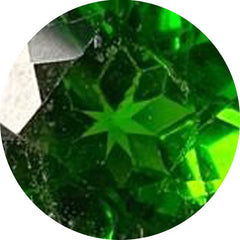 CHROME DIOPSIDE (23)
CHROME DIOPSIDE (23)
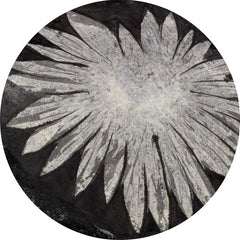 CHRYSANTHEMUM FOSSIL (0)
CHRYSANTHEMUM FOSSIL (0)
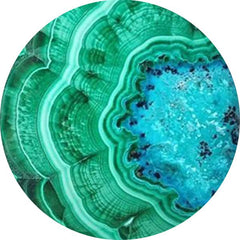 CHRYSOCOLLA (385)
CHRYSOCOLLA (385)
 Chrysocolla Malachite (75)
Chrysocolla Malachite (75)
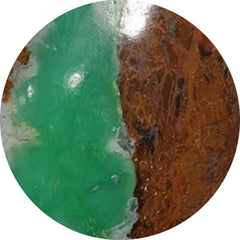 CHRYSOPRASE (276)
CHRYSOPRASE (276)
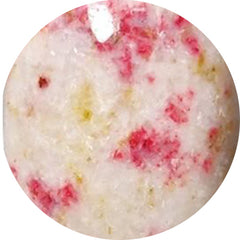 CINNABAR (16)
CINNABAR (16)
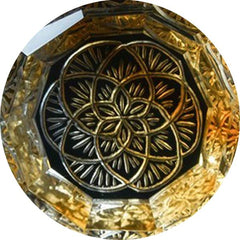 CITRINE (103)
CITRINE (103)
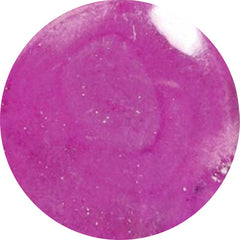 COBALTO CALCITE (60)
COBALTO CALCITE (60)
 COBRA JASPER (32)
COBRA JASPER (32)
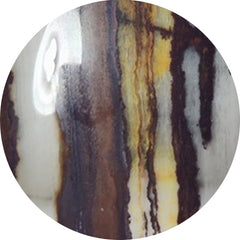 COCONUT JASPER (2)
COCONUT JASPER (2)
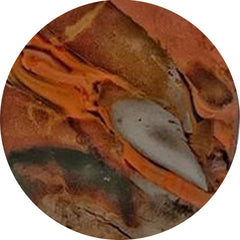 COFFEE BEAN JASPER (2)
COFFEE BEAN JASPER (2)
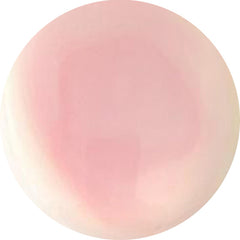 CONCH SHELL (12)
CONCH SHELL (12)
 COPPERNITE (0)
COPPERNITE (0)
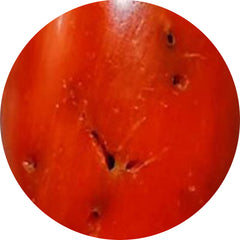 CORAL (352)
CORAL (352)
 COVELLITE (13)
COVELLITE (13)
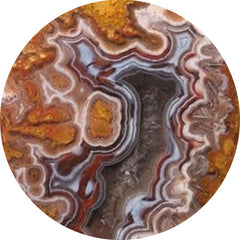 CRAZY LACE AGATE (187)
CRAZY LACE AGATE (187)
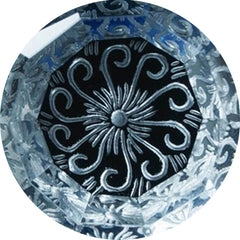 CRYSTAL (237)
CRYSTAL (237)
 CUPRITE (26)
CUPRITE (26)
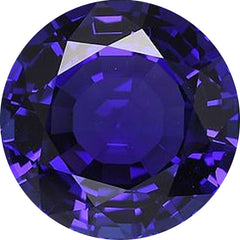 DECEMBER BIRTHSTONE (83)
DECEMBER BIRTHSTONE (83)
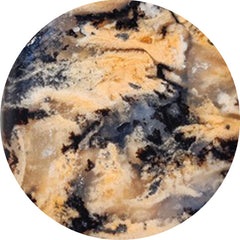 DENDRITIC AGATE (395)
DENDRITIC AGATE (395)
 DENDRITIC OPAL (71)
DENDRITIC OPAL (71)
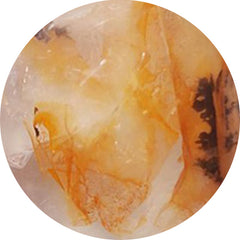 DENDRITIC QUARTZ (2)
DENDRITIC QUARTZ (2)
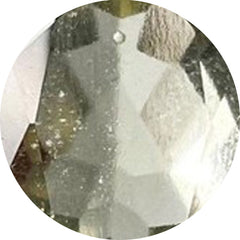 DESERT GLASS (7)
DESERT GLASS (7)
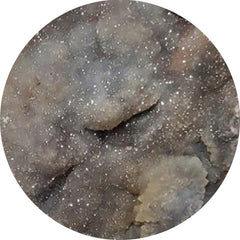 DESERT JASPER DRUZY (5)
DESERT JASPER DRUZY (5)
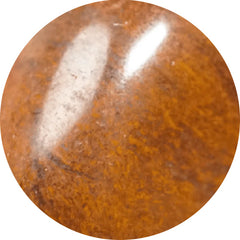 DESERT SUNSET JASPER (6)
DESERT SUNSET JASPER (6)
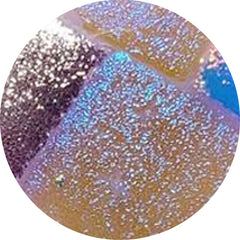 DICHROIC GLASS (140)
DICHROIC GLASS (140)
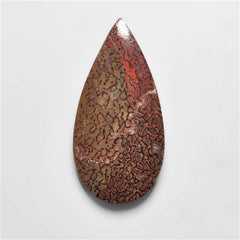 DINOSAUR BONE FOSSIL (14)
DINOSAUR BONE FOSSIL (14)
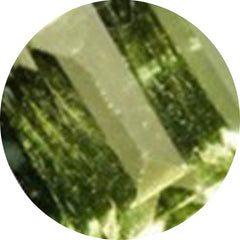 DIOPSIDE (57)
DIOPSIDE (57)
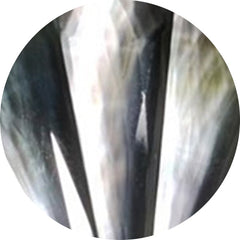 Doublets (751)
Doublets (751)
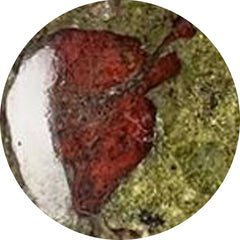 DRAGONBLOOD JASPER (3)
DRAGONBLOOD JASPER (3)
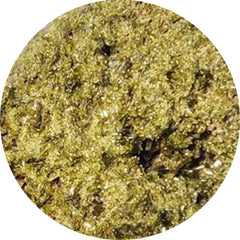 DRUZY (393)
DRUZY (393)
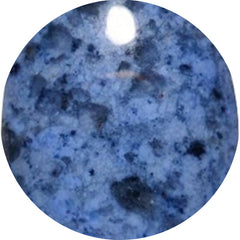 DUMORTIERITE (44)
DUMORTIERITE (44)
 EMERALD (73)
EMERALD (73)
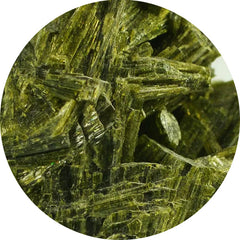 EPIDOTE (10)
EPIDOTE (10)
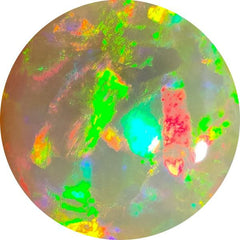 ETHIOPIAN OPAL (63)
ETHIOPIAN OPAL (63)
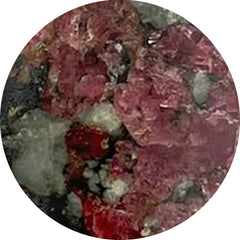 EUDIALYTE (21)
EUDIALYTE (21)
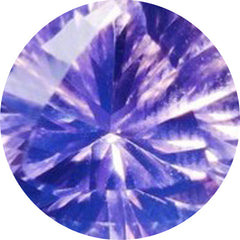 FACETED ROSE CUT (2044)
FACETED ROSE CUT (2044)
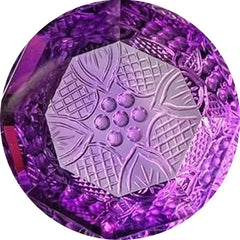 FANTASY CUTS (63)
FANTASY CUTS (63)
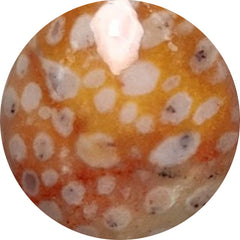 FAWN JASPER (18)
FAWN JASPER (18)
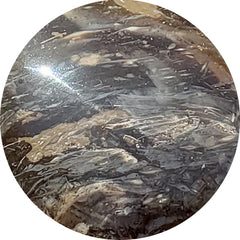 FEATHER AGATE (0)
FEATHER AGATE (0)
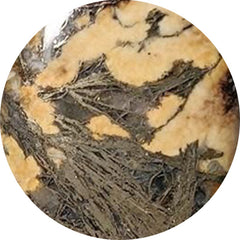 FEATHER PYRITE (42)
FEATHER PYRITE (42)
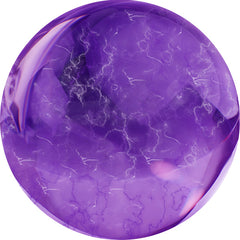 FEBRUARY BIRTHSTONE (553)
FEBRUARY BIRTHSTONE (553)
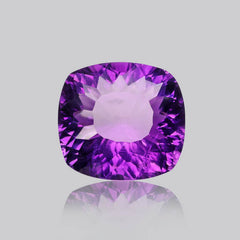 Fine Amethyst (31)
Fine Amethyst (31)
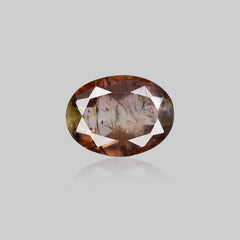 Fine Andalusite (2)
Fine Andalusite (2)
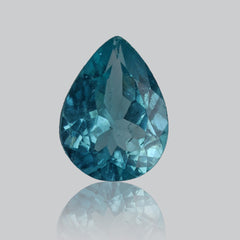 Fine Apatite (10)
Fine Apatite (10)
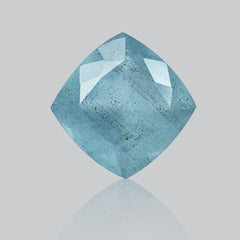 Fine Aquamarine (13)
Fine Aquamarine (13)
 Fine Blue Topaz (60)
Fine Blue Topaz (60)
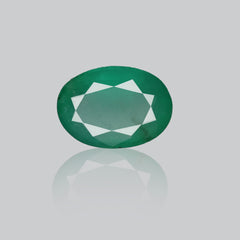 Fine Emerald (17)
Fine Emerald (17)
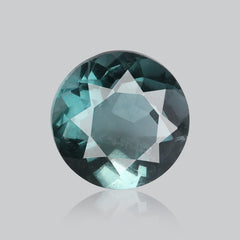 Fine Fluorite (13)
Fine Fluorite (13)
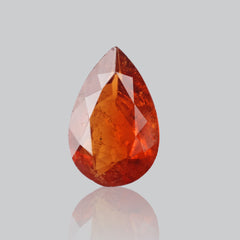 Fine Garnet (31)
Fine Garnet (31)
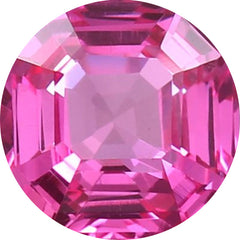 Fine Gemstone (0)
Fine Gemstone (0)
 Fine Iolite (14)
Fine Iolite (14)
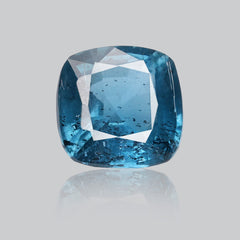 Fine Kyanite (41)
Fine Kyanite (41)
 Fine Moonstone (22)
Fine Moonstone (22)
 Fine Peridot (28)
Fine Peridot (28)
 Fine Prasiolite (34)
Fine Prasiolite (34)
 Fine Sapphire (9)
Fine Sapphire (9)
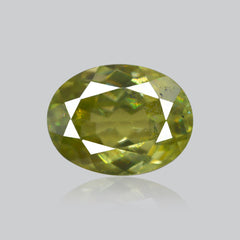 Fine Sphene (17)
Fine Sphene (17)
 Fine Sunstone (8)
Fine Sunstone (8)
 Fine Tanzanite (34)
Fine Tanzanite (34)
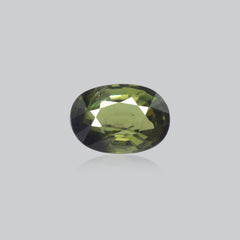 Fine Tourmaline (9)
Fine Tourmaline (9)
 FIRE AGATE (6)
FIRE AGATE (6)
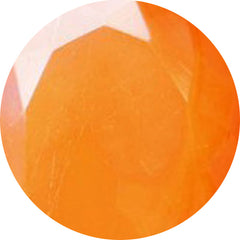 FIRE OPALS (8)
FIRE OPALS (8)
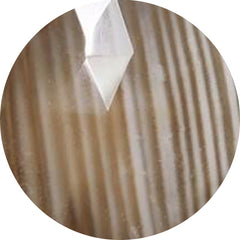 FLINT STONE (9)
FLINT STONE (9)
 FLUORITE (194)
FLUORITE (194)
 FORDITE (37)
FORDITE (37)
 FOSSIL CORAL (306)
FOSSIL CORAL (306)
 FOSSIL MARSTON MARBLE (4)
FOSSIL MARSTON MARBLE (4)
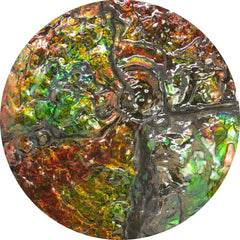 Fossils (557)
Fossils (557)
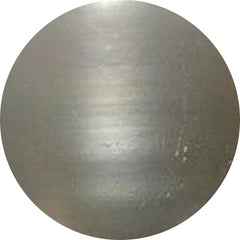 FRESHWATER PEARL (32)
FRESHWATER PEARL (32)
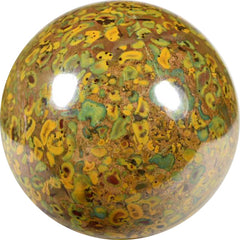 FRUIT JASPER (15)
FRUIT JASPER (15)
 FUCHSITE (8)
FUCHSITE (8)
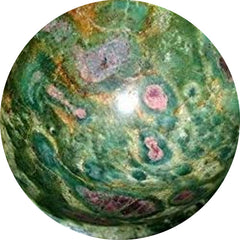 FUSCHITE (11)
FUSCHITE (11)
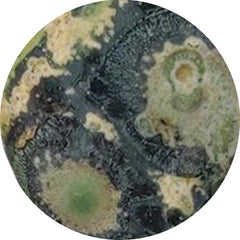 GALAXY JASPER (4)
GALAXY JASPER (4)
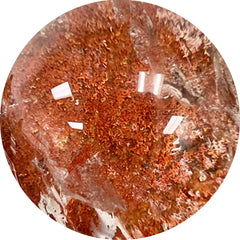 GARDEN QUARTZ (2)
GARDEN QUARTZ (2)
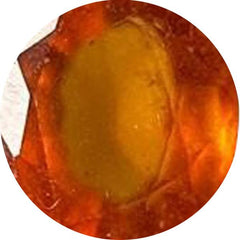 GARNET (119)
GARNET (119)
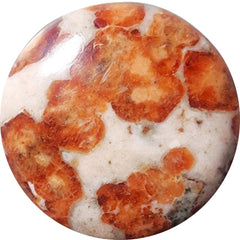 GARNET IN LIMESTONE (30)
GARNET IN LIMESTONE (30)
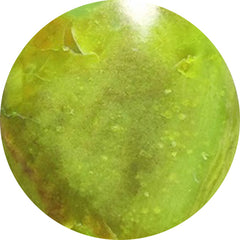 GASPEITE (32)
GASPEITE (32)
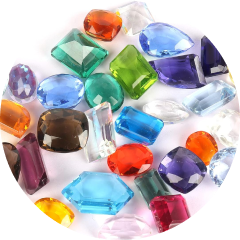 GEMSTONE LOTS (514)
GEMSTONE LOTS (514)
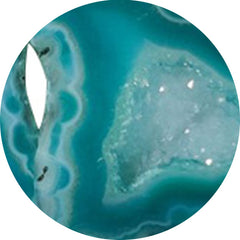 GEODE (26)
GEODE (26)
 Ghost carving (15)
Ghost carving (15)
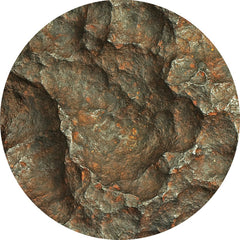 GIBEON METEORITE (0)
GIBEON METEORITE (0)
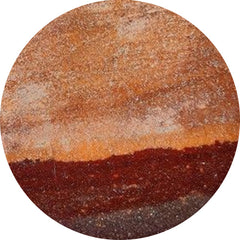 GILA MONSTER AGATE (16)
GILA MONSTER AGATE (16)
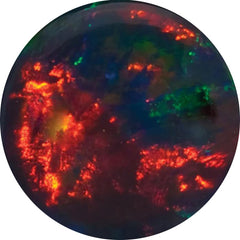 GILSON OPAL (29)
GILSON OPAL (29)
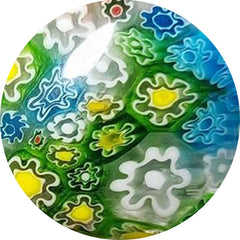 GLASS (156)
GLASS (156)
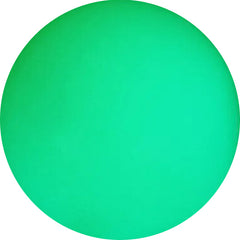 GLOW STONE (15)
GLOW STONE (15)
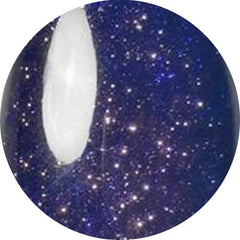 GOLDSTONE (31)
GOLDSTONE (31)
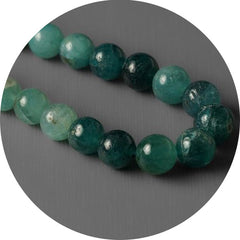 GRANDIDIERITE (13)
GRANDIDIERITE (13)
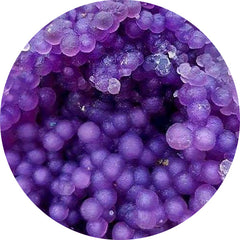 GRAPE AGATE (122)
GRAPE AGATE (122)
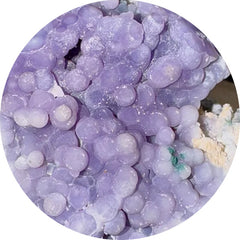 GRAPE CHALCEDONY (4)
GRAPE CHALCEDONY (4)
 Green Gemstones (432)
Green Gemstones (432)
 GREEN KYANITE (15)
GREEN KYANITE (15)
 GREEN PRASE OPAL (17)
GREEN PRASE OPAL (17)
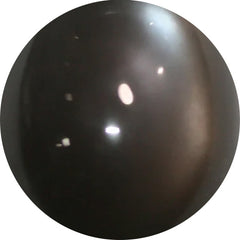 GREY MOONSTONE (37)
GREY MOONSTONE (37)
 GUAVA QUARTZ (9)
GUAVA QUARTZ (9)
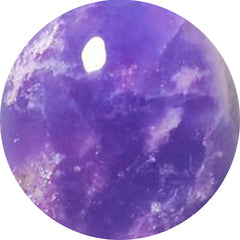 HACKMANITE (11)
HACKMANITE (11)
 Halloween Sale Offers Deals (0)
Halloween Sale Offers Deals (0)
 HEART CARVING (389)
HEART CARVING (389)
 Heart Shape Gemstones (0)
Heart Shape Gemstones (0)
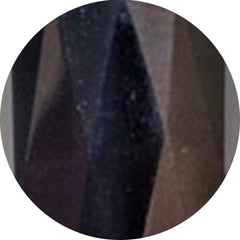 HEMATITE (25)
HEMATITE (25)
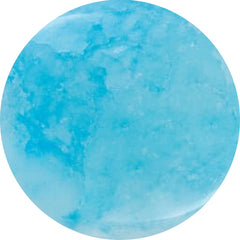 HEMIMORPHITE (56)
HEMIMORPHITE (56)
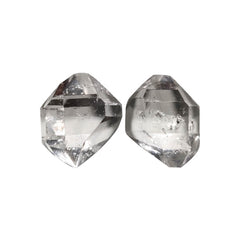 Herkimer Diamond (47)
Herkimer Diamond (47)
 Himalayan Quartz (419)
Himalayan Quartz (419)
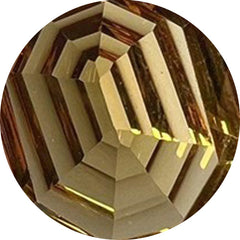 HONEY QUARTZ (22)
HONEY QUARTZ (22)
 HOWARDITE OPAL (35)
HOWARDITE OPAL (35)
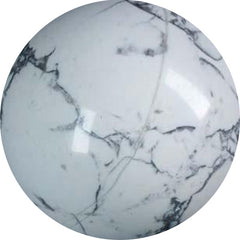 HOWLITE (5)
HOWLITE (5)
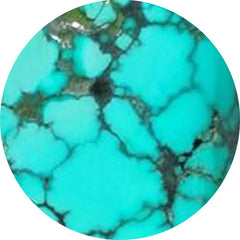 HUBEI TURQUOISE (137)
HUBEI TURQUOISE (137)
 HUNGARIAN AGATE (1)
HUNGARIAN AGATE (1)
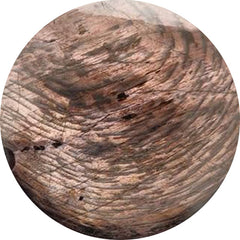 HYPERSTHENE (44)
HYPERSTHENE (44)
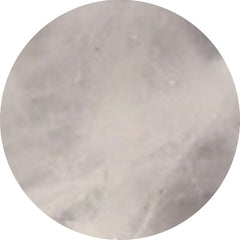 ICE QUARTZ (0)
ICE QUARTZ (0)
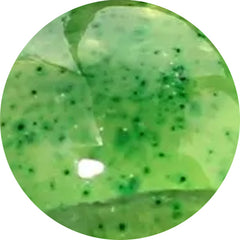 IDOCRASE (0)
IDOCRASE (0)
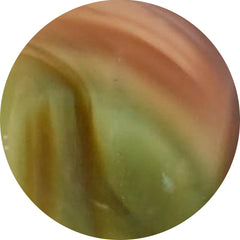 IMPERIAL JASPER (81)
IMPERIAL JASPER (81)
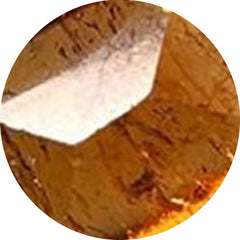 IMPERIAL TOPAZ (1)
IMPERIAL TOPAZ (1)
 INDIAN PAINT STONE (6)
INDIAN PAINT STONE (6)
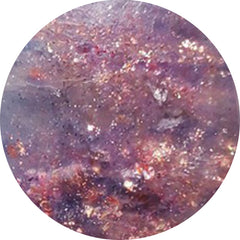 IOLITE (109)
IOLITE (109)
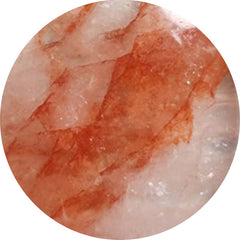 IRON QUARTZ (21)
IRON QUARTZ (21)
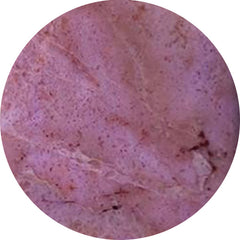 JADE (37)
JADE (37)
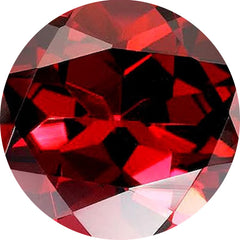 JANUARY BIRTHSTONE (119)
JANUARY BIRTHSTONE (119)
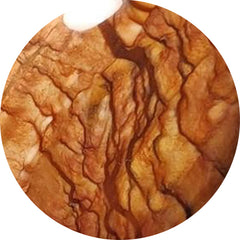 JASPERS (35)
JASPERS (35)
 JASPILLITE (7)
JASPILLITE (7)
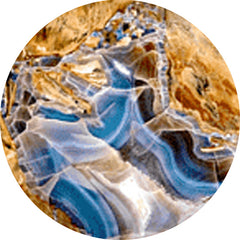 JAVA CHALCEDONY (11)
JAVA CHALCEDONY (11)
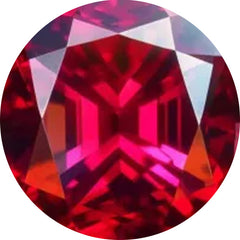 JULY BIRTHSTONE (217)
JULY BIRTHSTONE (217)
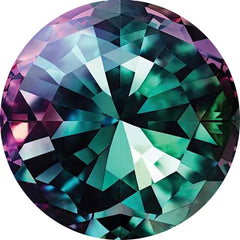 June Birthstones: Moonstone, Pearl, and Alexandrite (565)
June Birthstones: Moonstone, Pearl, and Alexandrite (565)
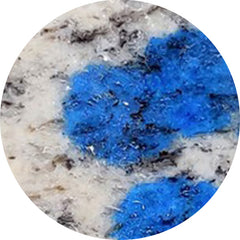 K2 JASPER (9)
K2 JASPER (9)
 KALEIDOSCOPE AGATE (0)
KALEIDOSCOPE AGATE (0)
 KAMMERERITE (103)
KAMMERERITE (103)
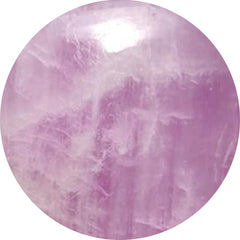 KUNZITE (11)
KUNZITE (11)
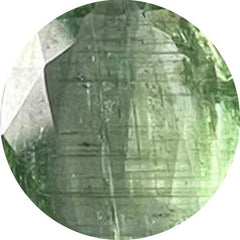 KYANITE (135)
KYANITE (135)
 LABRADORITE (308)
LABRADORITE (308)
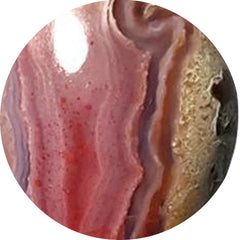 LAGUNA LACE AGATE (62)
LAGUNA LACE AGATE (62)
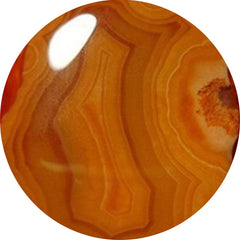 LAKE SUPERIOR AGATE (42)
LAKE SUPERIOR AGATE (42)
 LANDSCAPE JASPER (0)
LANDSCAPE JASPER (0)
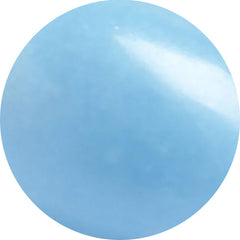 LANGITE (0)
LANGITE (0)
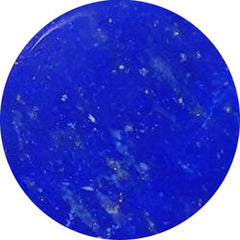 LAPIS LAZULI (180)
LAPIS LAZULI (180)
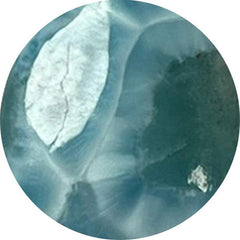 LARIMAR (124)
LARIMAR (124)
 LARSONITE (17)
LARSONITE (17)
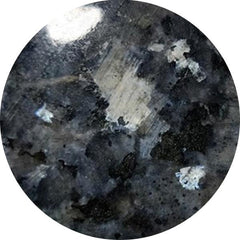 LARVIKITE FELDSPAR (42)
LARVIKITE FELDSPAR (42)
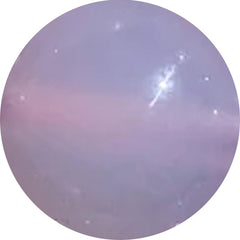 LAVENDER CHALCEDONY (26)
LAVENDER CHALCEDONY (26)
 LAVENDER QUARTZ (5)
LAVENDER QUARTZ (5)
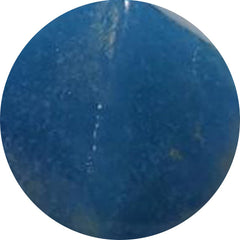 LAZULITE (8)
LAZULITE (8)
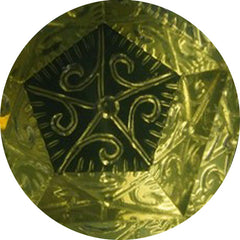 LEMON QUARTZ (42)
LEMON QUARTZ (42)
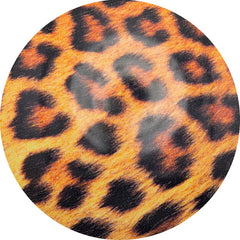 LEOPARD SKIN SHELL (0)
LEOPARD SKIN SHELL (0)
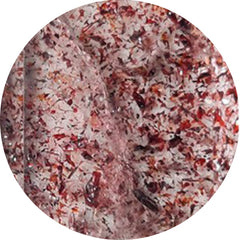 LEPIDOCROCITE (10)
LEPIDOCROCITE (10)
 LEPIDOLITE (43)
LEPIDOLITE (43)
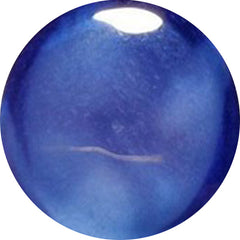 LINDY STAR SAPPHIRE (0)
LINDY STAR SAPPHIRE (0)
 LIZARDITE (58)
LIZARDITE (58)
 LODOLITE (106)
LODOLITE (106)
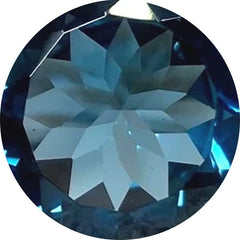 LONDON BLUE TOPAZ (34)
LONDON BLUE TOPAZ (34)
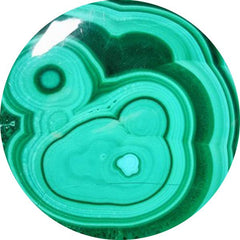 MALACHITE (638)
MALACHITE (638)
 Malawi Moonstone (3)
Malawi Moonstone (3)
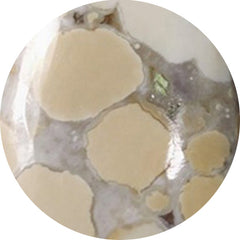 MALIGANO JASPER (45)
MALIGANO JASPER (45)
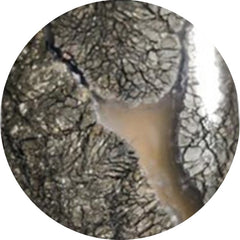 MARCASITE (12)
MARCASITE (12)
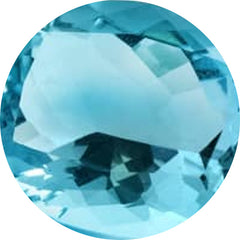 MARCH BIRTHSTONE (75)
MARCH BIRTHSTONE (75)
 Marquise Shape Gemstones (5)
Marquise Shape Gemstones (5)
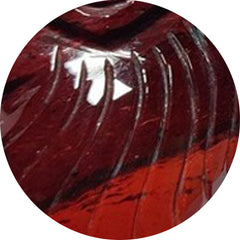 MARY ELLEN JASPER (0)
MARY ELLEN JASPER (0)
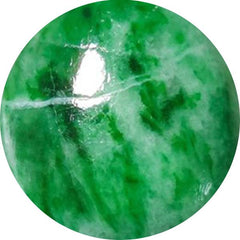 MAW SIT SIT (26)
MAW SIT SIT (26)
 MAY BIRTHSTONE (73)
MAY BIRTHSTONE (73)
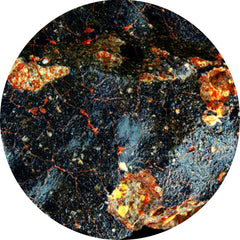 METEORITE (2)
METEORITE (2)
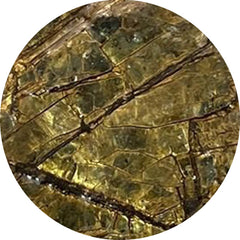 MICA (17)
MICA (17)
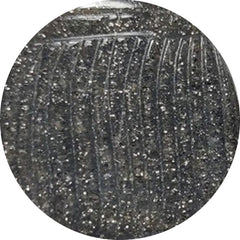 MIDNIGHT QUARTZITE (21)
MIDNIGHT QUARTZITE (21)
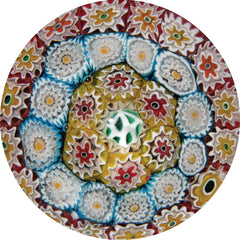 MILLEFIORI GLASS (2)
MILLEFIORI GLASS (2)
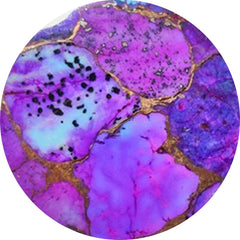 MOHAVE TURQUOISE (155)
MOHAVE TURQUOISE (155)
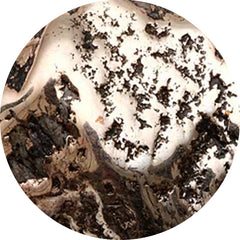 MOHAWKITES (0)
MOHAWKITES (0)
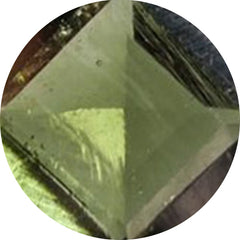 MOLDAVITE (0)
MOLDAVITE (0)
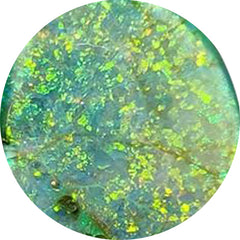 MONARCH OPAL (22)
MONARCH OPAL (22)
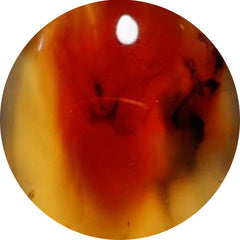 MONTANA AGATE (94)
MONTANA AGATE (94)
 MOOKAITE (35)
MOOKAITE (35)
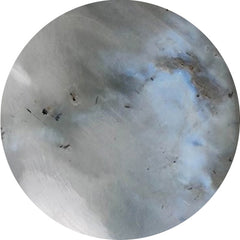 MOONSTONE (272)
MOONSTONE (272)
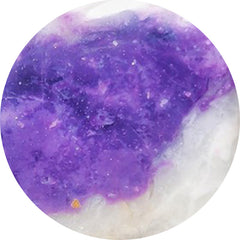 MORADO OPAL (1)
MORADO OPAL (1)
 Morenci Turquoise (0)
Morenci Turquoise (0)
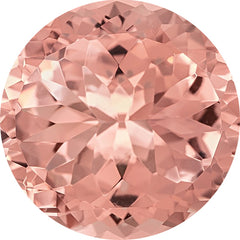 MORGANITE (0)
MORGANITE (0)
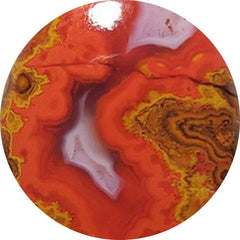 MOROCCAN SEAM AGATE (123)
MOROCCAN SEAM AGATE (123)
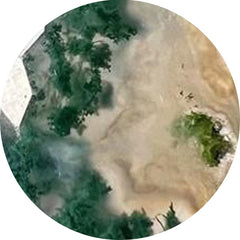 MOSS AGATE (408)
MOSS AGATE (408)
 MOTHER OF PEARL (432)
MOTHER OF PEARL (432)
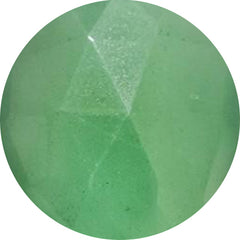 MTOROLITE (38)
MTOROLITE (38)
 Mughal Carving (557)
Mughal Carving (557)
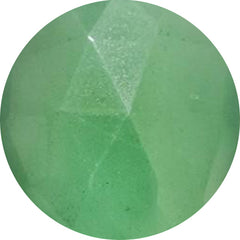 MUSCOVITE (21)
MUSCOVITE (21)
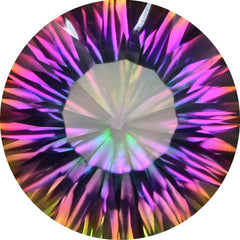 MYSTIC QUARTZ (1)
MYSTIC QUARTZ (1)
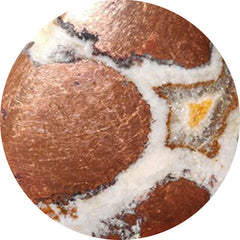 NATIVE COPPER (38)
NATIVE COPPER (38)
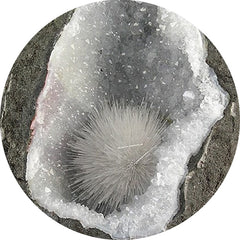 NATROLITE (20)
NATROLITE (20)
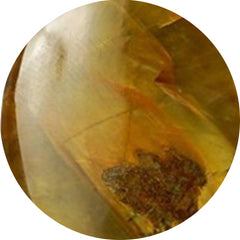 NELLITE (4)
NELLITE (4)
 NEPHRITE JADE (5)
NEPHRITE JADE (5)
 New Arrivals (529)
New Arrivals (529)
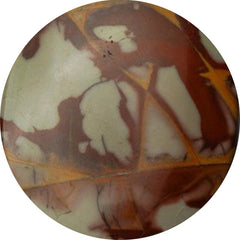 NOREENA JASPER (41)
NOREENA JASPER (41)
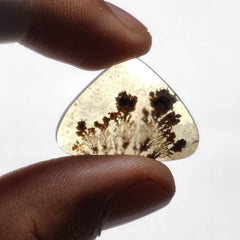 NOVEMBER BIRTHSTONE (101)
NOVEMBER BIRTHSTONE (101)
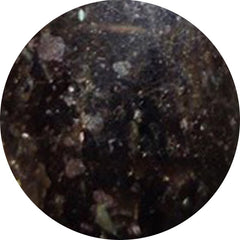 NUUMMITE (0)
NUUMMITE (0)
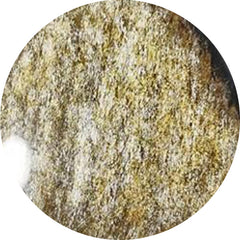 OBSIDIAN (364)
OBSIDIAN (364)
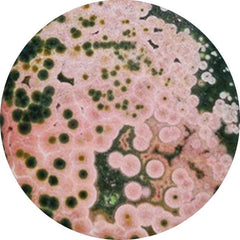 OCEAN JASPER (254)
OCEAN JASPER (254)
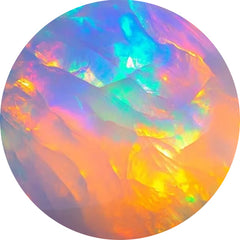 OCTOBER BIRTHSTONE (174)
OCTOBER BIRTHSTONE (174)
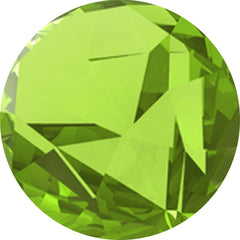 OLIVE QUARTZ (6)
OLIVE QUARTZ (6)
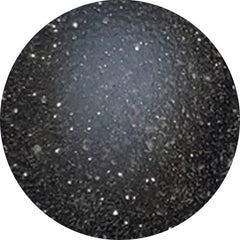 ONYX (252)
ONYX (252)
 Opal (1135)
Opal (1135)
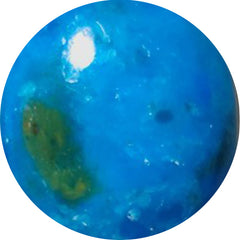 OPALINA (14)
OPALINA (14)
 OPALITE (15)
OPALITE (15)
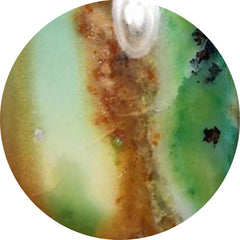 OPALWOOD (6)
OPALWOOD (6)
 Orange Gemstones (318)
Orange Gemstones (318)
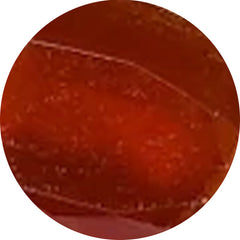 ORANGE KYANITE (5)
ORANGE KYANITE (5)
 OREGON JASPER (8)
OREGON JASPER (8)
 ORTHOCERAS FOSSIL (47)
ORTHOCERAS FOSSIL (47)
 Out of stock products (3)
Out of stock products (3)
 OUTBACK JASPER (5)
OUTBACK JASPER (5)
 Oval Shape Gemstones (5)
Oval Shape Gemstones (5)
 OVER $50 (206)
OVER $50 (206)
 Pairs (1254)
Pairs (1254)
 PALMROOT AGATE (67)
PALMROOT AGATE (67)
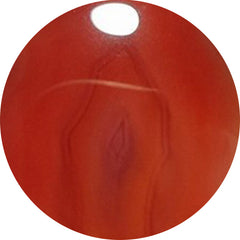 PASSION AGATE (1)
PASSION AGATE (1)
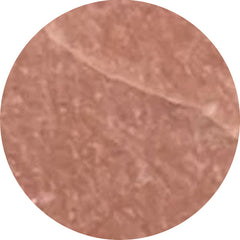 PEACH MOONSTONE (50)
PEACH MOONSTONE (50)
 PEANUT OBSIDIAN (46)
PEANUT OBSIDIAN (46)
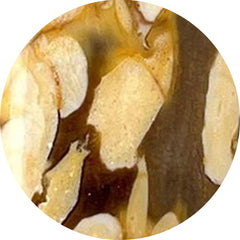 PEANUT WOOD JASPER (94)
PEANUT WOOD JASPER (94)
 Pear Shape Gemstones (4)
Pear Shape Gemstones (4)
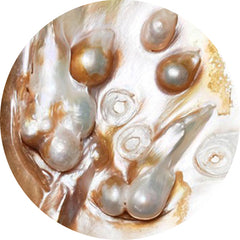 PEARL (565)
PEARL (565)
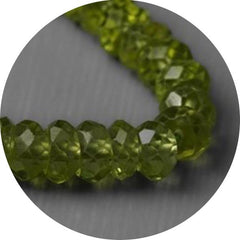 PERIDOT (33)
PERIDOT (33)
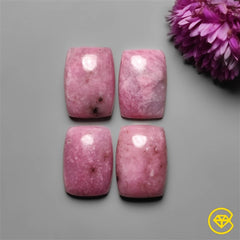 PETALITE (24)
PETALITE (24)
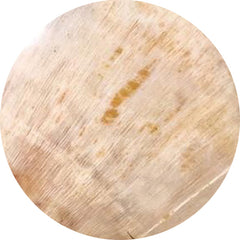 PETRIFIED WOOD (38)
PETRIFIED WOOD (38)
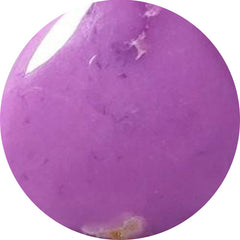 PHOSPHOSIDERITE (104)
PHOSPHOSIDERITE (104)
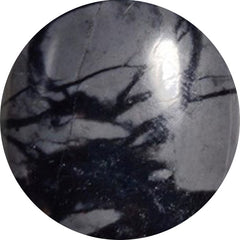 PICASSO JASPER (66)
PICASSO JASPER (66)
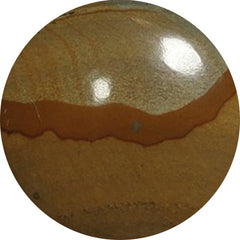 PICTURE JASPER (66)
PICTURE JASPER (66)
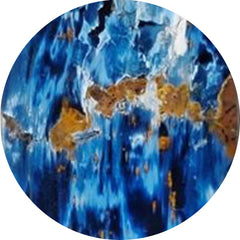 PIETERSITE (69)
PIETERSITE (69)
 Pink Gemstones (434)
Pink Gemstones (434)
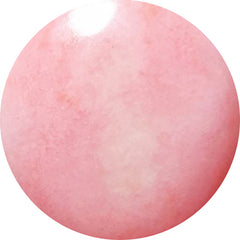 PINK OPAL (159)
PINK OPAL (159)
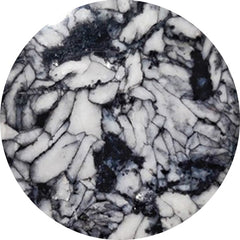 PINOLITH (40)
PINOLITH (40)
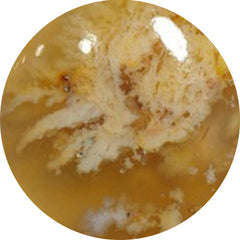 PLUME AGATE (78)
PLUME AGATE (78)
 POLKA DOT AGATE (40)
POLKA DOT AGATE (40)
 POLYCHROME JASPER (62)
POLYCHROME JASPER (62)
 PORCELAIN JASPER (28)
PORCELAIN JASPER (28)
 PRASIOLITE (57)
PRASIOLITE (57)
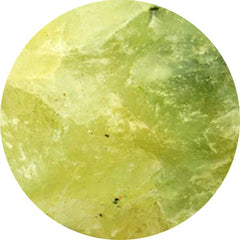 PREHNITE (26)
PREHNITE (26)
 PSILOMELANE (26)
PSILOMELANE (26)
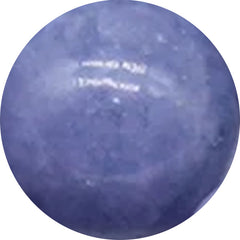 PURPLE CHALCEDONY (44)
PURPLE CHALCEDONY (44)
 Purple Gemstones (880)
Purple Gemstones (880)
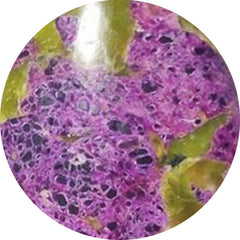 PURPURITE (10)
PURPURITE (10)
 PYRITE (139)
PYRITE (139)
 QUARTZ (62)
QUARTZ (62)
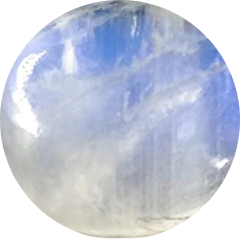 Rain Moonstones (0)
Rain Moonstones (0)
 RAINBOW CALCILICA (17)
RAINBOW CALCILICA (17)
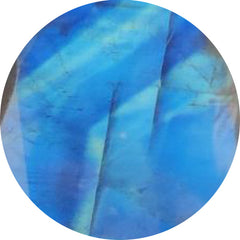 RAINBOW MOONSTONE (93)
RAINBOW MOONSTONE (93)
 RED FOSSIL (0)
RED FOSSIL (0)
 Red Gemstones (411)
Red Gemstones (411)
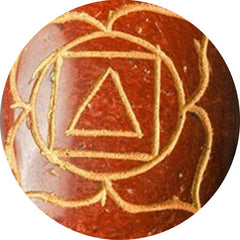 RED JASPER (3)
RED JASPER (3)
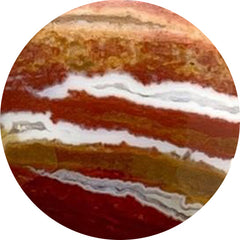 RED RIVER JASPER (17)
RED RIVER JASPER (17)
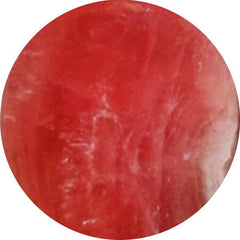 RHODOCHROSITE (351)
RHODOCHROSITE (351)
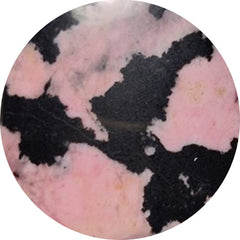 RHODONITE (84)
RHODONITE (84)
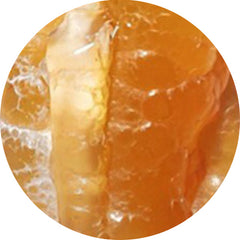 ROCK CHALCEDONY (2)
ROCK CHALCEDONY (2)
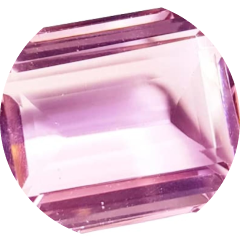 Rose Cut Gemstones (776)
Rose Cut Gemstones (776)
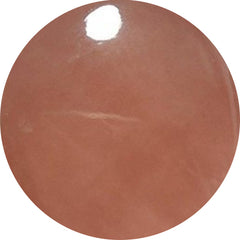 ROSE QUARTZ (65)
ROSE QUARTZ (65)
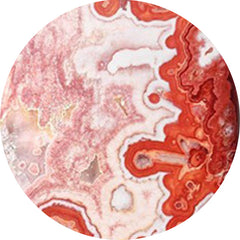 ROSITA JASPER (16)
ROSITA JASPER (16)
 Round Shape Gemstones (5)
Round Shape Gemstones (5)
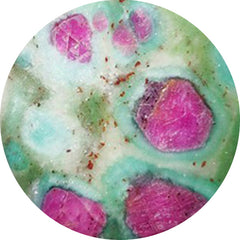 RUBY IN FUCHSITE (7)
RUBY IN FUCHSITE (7)
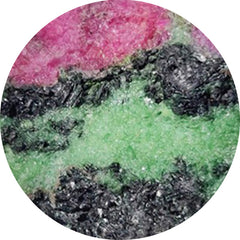 RUBY IN ZOISITE (102)
RUBY IN ZOISITE (102)
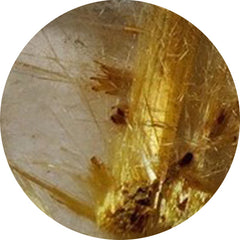 RUTILATED QUARTZ (233)
RUTILATED QUARTZ (233)
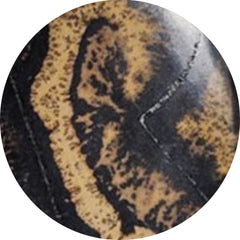 SAGE BRUSH JASPER (0)
SAGE BRUSH JASPER (0)
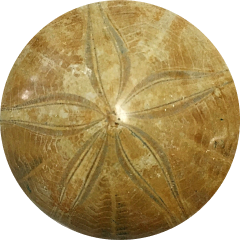 SAND DOLLAR FOSSIL (8)
SAND DOLLAR FOSSIL (8)
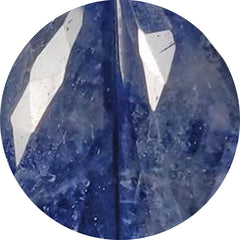 SAPPHIRE (47)
SAPPHIRE (47)
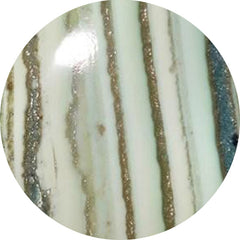 SATURN CHALCEDONY (68)
SATURN CHALCEDONY (68)
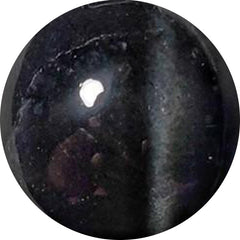 SCAPOLITE (14)
SCAPOLITE (14)
 SCENIC AGATE (84)
SCENIC AGATE (84)
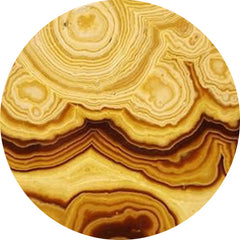 SCHALENBLENDE (98)
SCHALENBLENDE (98)
 SCHEELITE (39)
SCHEELITE (39)
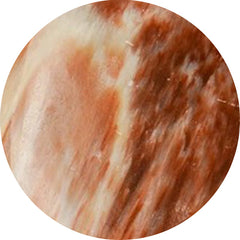 SCOLECITE (49)
SCOLECITE (49)
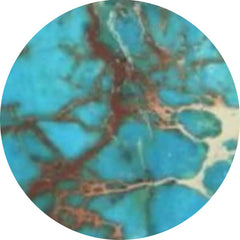 SEA SEDIMENT JASPER (7)
SEA SEDIMENT JASPER (7)
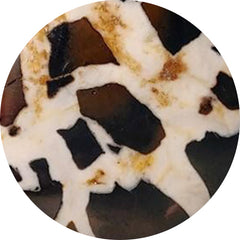 SEPTARIAN (101)
SEPTARIAN (101)
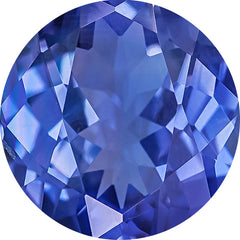 SEPTEMBER BIRTHSTONE (182)
SEPTEMBER BIRTHSTONE (182)
 SERAPHINITE (70)
SERAPHINITE (70)
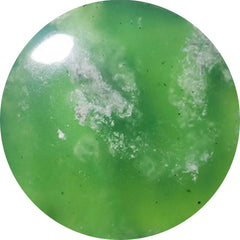 SERPENTINE (188)
SERPENTINE (188)
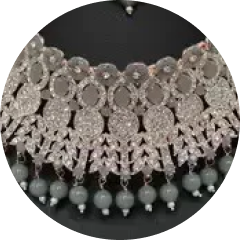 SETS (0)
SETS (0)
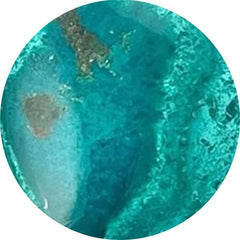 SHATTUCKITE (305)
SHATTUCKITE (305)
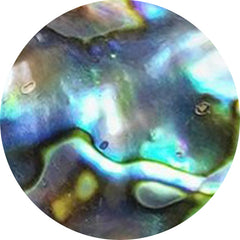 SHELL (335)
SHELL (335)
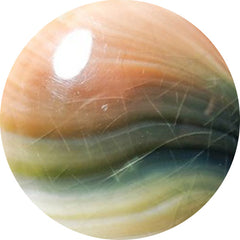 SHIVA EYE SHELL (50)
SHIVA EYE SHELL (50)
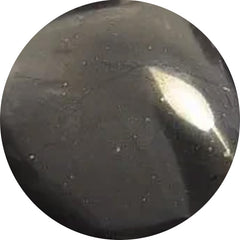 SHUNGITE (5)
SHUNGITE (5)
 SIEBER AGATE (0)
SIEBER AGATE (0)
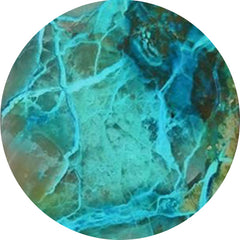 SILICA (6)
SILICA (6)
 Silver Leaf Jasper (14)
Silver Leaf Jasper (14)
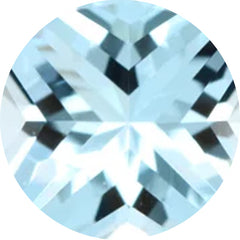 SKY BLUE TOPAZ (6)
SKY BLUE TOPAZ (6)
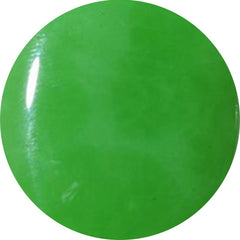 SMITHSONITE (46)
SMITHSONITE (46)
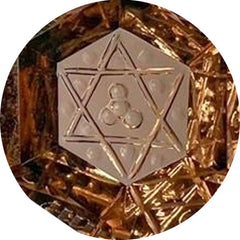 SMOKY QUARTZ (28)
SMOKY QUARTZ (28)
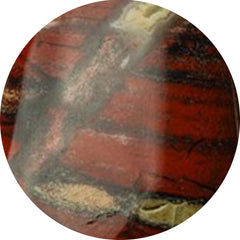 SNAKESKIN JASPER (64)
SNAKESKIN JASPER (64)
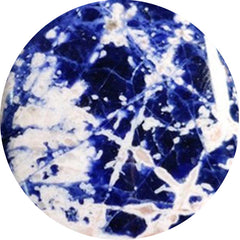 SODALITE (69)
SODALITE (69)
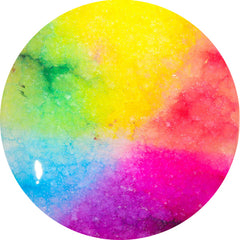 SOLAR AGATE (0)
SOLAR AGATE (0)
 SOLAR QUARTZ (58)
SOLAR QUARTZ (58)
 SONORAN DENDRITIC RHYOLITE (6)
SONORAN DENDRITIC RHYOLITE (6)
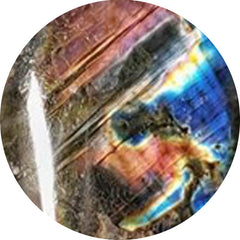 SPECTROLITE (49)
SPECTROLITE (49)
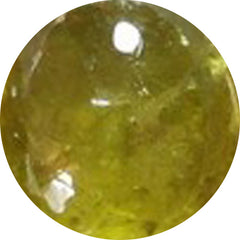 SPHENCE (22)
SPHENCE (22)
 SPIDERWEB JASPER (7)
SPIDERWEB JASPER (7)
 SPIDERWOMAN JASPER (1)
SPIDERWOMAN JASPER (1)
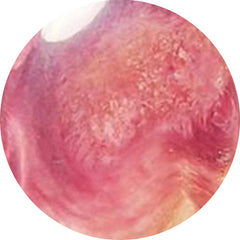 SPINY OYSTER SHELL (103)
SPINY OYSTER SHELL (103)
 SPURRITE (8)
SPURRITE (8)
 Square Shape Gemstones (5)
Square Shape Gemstones (5)
 STARBURST (1)
STARBURST (1)
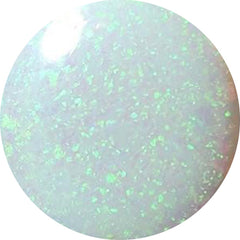 STERLING OPAL (5)
STERLING OPAL (5)
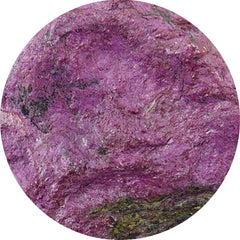 Stichtite (43)
Stichtite (43)
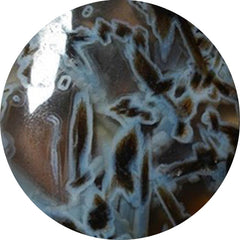 STICK AGATE (11)
STICK AGATE (11)
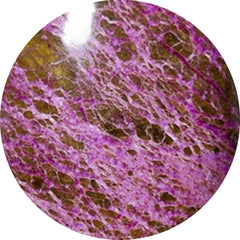 STITCHTITE (137)
STITCHTITE (137)
 STRAMATOLITE (0)
STRAMATOLITE (0)
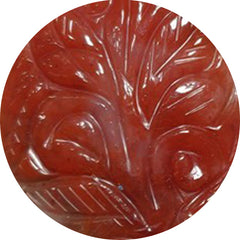 STRAWBERRY QUARTZ (8)
STRAWBERRY QUARTZ (8)
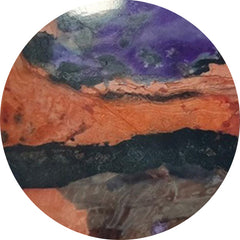 SUGILITE (1)
SUGILITE (1)
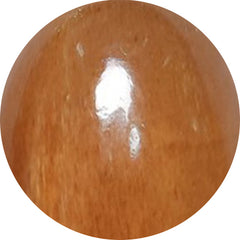 SUNSTONE (186)
SUNSTONE (186)
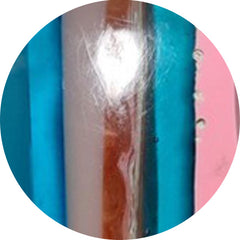 SURFITE (0)
SURFITE (0)
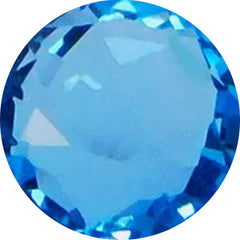 SWISS BLUE TOPAZ (40)
SWISS BLUE TOPAZ (40)
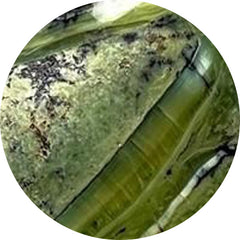 SWISS OPAL (3)
SWISS OPAL (3)
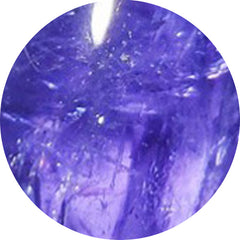 TANZANITE (47)
TANZANITE (47)
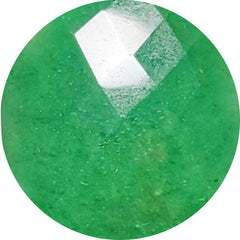 TANZURINE (11)
TANZURINE (11)
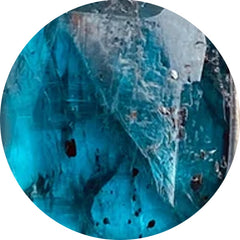 TEAL KYANITE (10)
TEAL KYANITE (10)
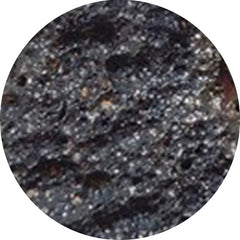 TEKTITE (13)
TEKTITE (13)
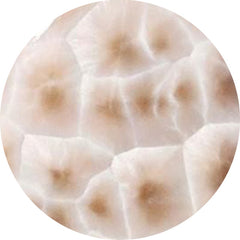 THOMSONITE (32)
THOMSONITE (32)
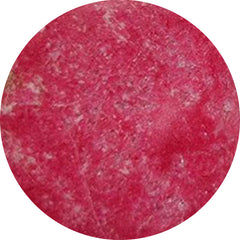 THULITE (87)
THULITE (87)
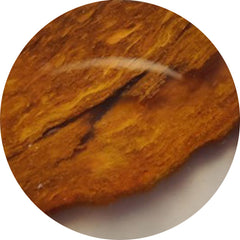 THUNDER EGG AGATE (0)
THUNDER EGG AGATE (0)
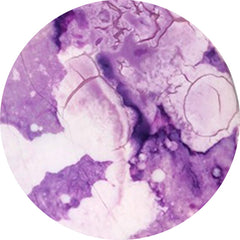 TIFFANY STONE (7)
TIFFANY STONE (7)
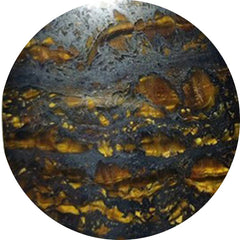 TIGER EYE (75)
TIGER EYE (75)
 TITANIUM DRUZY (9)
TITANIUM DRUZY (9)
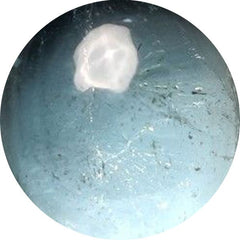 TOPAZ (84)
TOPAZ (84)
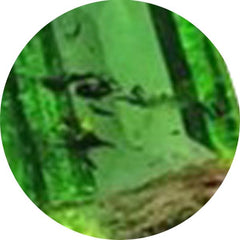 TOURMALINE (197)
TOURMALINE (197)
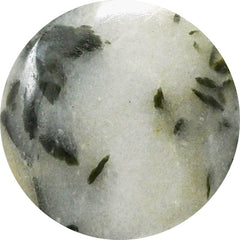 TOURMALINE IN QUARTZ (92)
TOURMALINE IN QUARTZ (92)
 TREATED OPAL (55)
TREATED OPAL (55)
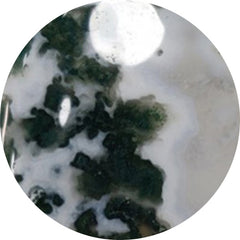 TREE AGATE (33)
TREE AGATE (33)
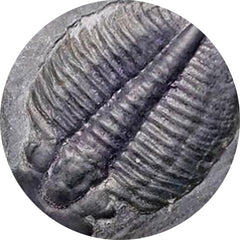 TRILOBITE FOSSIL (10)
TRILOBITE FOSSIL (10)
 TROLLEITE QUARTZ (40)
TROLLEITE QUARTZ (40)
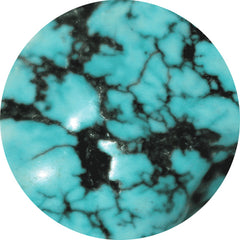 TUMBLES (1)
TUMBLES (1)
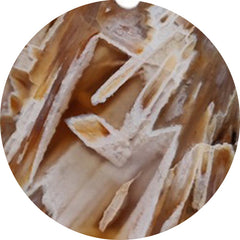 TURKISH TUBE AGATE (86)
TURKISH TUBE AGATE (86)
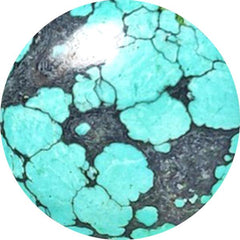 TURQUOISE (490)
TURQUOISE (490)
 TURRITELLA JASPER (6)
TURRITELLA JASPER (6)
 TUXEDO AGATE (67)
TUXEDO AGATE (67)
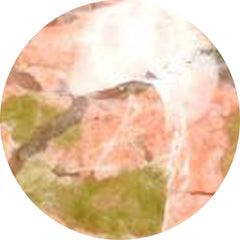 Unakite (4)
Unakite (4)
 UNDER $10 (4201)
UNDER $10 (4201)
 UVAROVITE GARNET (4)
UVAROVITE GARNET (4)
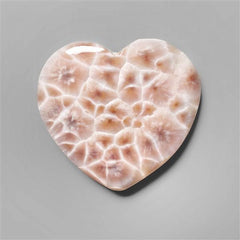 Valentine (790)
Valentine (790)
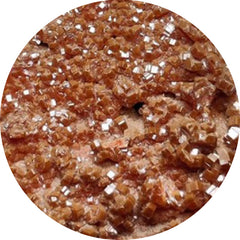 VANADINITE DRUZY (6)
VANADINITE DRUZY (6)
 VARISCITE (133)
VARISCITE (133)
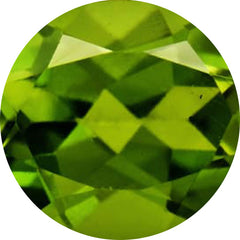 VESUVIANITE (0)
VESUVIANITE (0)
 VIVIANITE (0)
VIVIANITE (0)
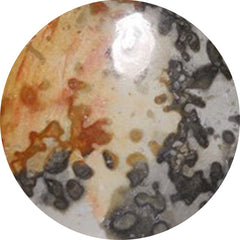 VOLCANIC COTHAM MARBLE (10)
VOLCANIC COTHAM MARBLE (10)
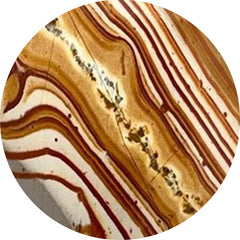 WAGUL JASPER (5)
WAGUL JASPER (5)
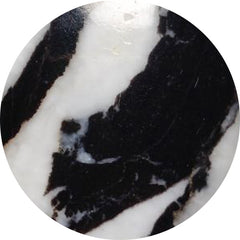 WHITE BUFFALO TURQUOISE (39)
WHITE BUFFALO TURQUOISE (39)
 White Gemstones (995)
White Gemstones (995)
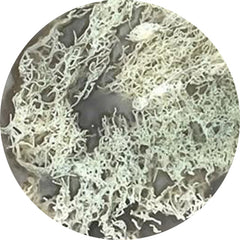 WHITE HORSE CANYON (45)
WHITE HORSE CANYON (45)
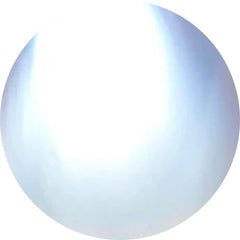 WHITE MOONSTONE (39)
WHITE MOONSTONE (39)
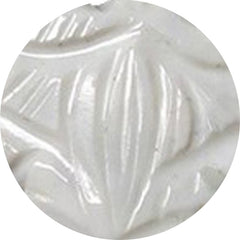 WHITE OPAL (13)
WHITE OPAL (13)
 WILD HORSE JASPER (113)
WILD HORSE JASPER (113)
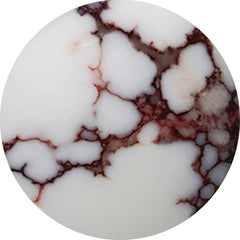 WILD HORSE MAGNESITE (59)
WILD HORSE MAGNESITE (59)
 WILLOW CREEK JASPER (9)
WILLOW CREEK JASPER (9)
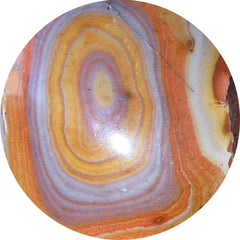 WONDER STONE (4)
WONDER STONE (4)
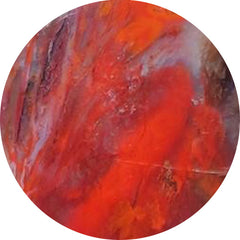 WOOD (202)
WOOD (202)
 YAVAPAI TRAVERTINE (0)
YAVAPAI TRAVERTINE (0)
 Yellow Gemstones (180)
Yellow Gemstones (180)
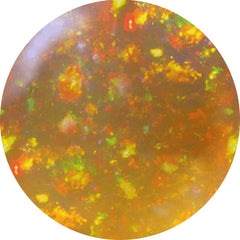 YELLOW OPAL (0)
YELLOW OPAL (0)
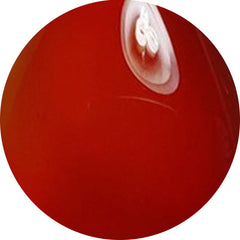 YEMENI AQEEQ (0)
YEMENI AQEEQ (0)
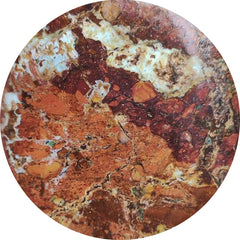 ZARINITE (0)
ZARINITE (0)
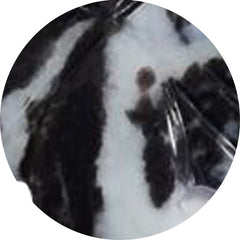 ZEBRA JASPER (1)
ZEBRA JASPER (1)
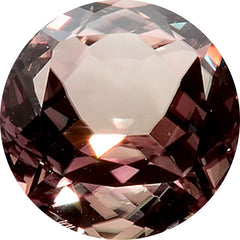 ZULTANITE (6)
ZULTANITE (6)
 Abalone shell
(105)
Abalone shell
(105)
 Actinolite
(5)
Actinolite
(5)
 Affordable gemstones
(17345)
Affordable gemstones
(17345)
 Afghanite
(15)
Afghanite
(15)
 Agate
(2502)
Agate
(2502)
 Agua nueva
(13)
Agua nueva
(13)
 All gemstones
(5)
All gemstones
(5)
 Amazonite
(176)
Amazonite
(176)
 Amber
(156)
Amber
(156)
 Amethyst
(553)
Amethyst
(553)
 Ametrine
(0)
Ametrine
(0)
 Ammolite
(30)
Ammolite
(30)
 Ammonite
(117)
Ammonite
(117)
 Andalusite
(2)
Andalusite
(2)
 Andamooka opal
(4)
Andamooka opal
(4)
 Andesine
(1)
Andesine
(1)
 Angelite
(31)
Angelite
(31)
 Apache gold
(28)
Apache gold
(28)
 Apatite
(132)
Apatite
(132)
 Apophyllite
(2)
Apophyllite
(2)
 Apple valley agate
(0)
Apple valley agate
(0)
 Aqeeq
(0)
Aqeeq
(0)
 Aqua chalcedony
(18)
Aqua chalcedony
(18)
 Aquamarine
(75)
Aquamarine
(75)
 Aquaprase
(47)
Aquaprase
(47)
 Aragonite
(2)
Aragonite
(2)
 Arfvedsonite
(1)
Arfvedsonite
(1)
 Aristolite
(0)
Aristolite
(0)
 Arizona turquoise
(1)
Arizona turquoise
(1)
 Arnioceras semicostatum fossil
(0)
Arnioceras semicostatum fossil
(0)
 Asteroid jasper
(11)
Asteroid jasper
(11)
 Astrophyllite
(61)
Astrophyllite
(61)
 Atlantasite
(94)
Atlantasite
(94)
 Aura quartz
(0)
Aura quartz
(0)
 Aurora opal
(270)
Aurora opal
(270)
 Australian opal
(11)
Australian opal
(11)
 Aventurine
(76)
Aventurine
(76)
 Azurite
(284)
Azurite
(284)
 Azurite malachite
(42)
Azurite malachite
(42)
 Banded agate
(84)
Banded agate
(84)
 Barber agate
(0)
Barber agate
(0)
 Barite
(12)
Barite
(12)
 Beer quartz
(23)
Beer quartz
(23)
 Berber agate
(4)
Berber agate
(4)
 Biggs jasper
(34)
Biggs jasper
(34)
 Bird eye jasper
(50)
Bird eye jasper
(50)
 Biwa pearl
(38)
Biwa pearl
(38)
 Black opal
(53)
Black opal
(53)
 Black spinel
(19)
Black spinel
(19)
 Black star
(32)
Black star
(32)
 Blister pearl
(32)
Blister pearl
(32)
 Bloodshot iolite
(32)
Bloodshot iolite
(32)
 Bloodstone
(89)
Bloodstone
(89)
 Blue chalcedony
(24)
Blue chalcedony
(24)
 Blue diopside
(0)
Blue diopside
(0)
 Blue gemstones
(1300)
Blue gemstones
(1300)
 Blue horizon
(15)
Blue horizon
(15)
 Blue kyanite
(49)
Blue kyanite
(49)
 Blue lace agate
(228)
Blue lace agate
(228)
 Blue mountain jasper
(0)
Blue mountain jasper
(0)
 Blue opal
(195)
Blue opal
(195)
 Blue quartz
(27)
Blue quartz
(27)
 Blue topaz
(83)
Blue topaz
(83)
 Bone
(22)
Bone
(22)
 Botswana agate
(228)
Botswana agate
(228)
 Bronze
(0)
Bronze
(0)
 Bronzite
(3)
Bronzite
(3)
 Bruneau jasper
(9)
Bruneau jasper
(9)
 Bumble bee jasper
(215)
Bumble bee jasper
(215)
 Buy gemstones in usa
(599)
Buy gemstones in usa
(599)
 Cacoxenite
(61)
Cacoxenite
(61)
 Calcite
(178)
Calcite
(178)
 Calibrated
(200)
Calibrated
(200)
 Calsilica
(0)
Calsilica
(0)
 Candy corn
(6)
Candy corn
(6)
 Cantera opal
(26)
Cantera opal
(26)
 Caramel opal
(2)
Caramel opal
(2)
 Carnelian agate
(75)
Carnelian agate
(75)
 Cats eye
(73)
Cats eye
(73)
 Cavansite
(16)
Cavansite
(16)
 Celestobarite
(6)
Celestobarite
(6)
 Ceruleite
(0)
Ceruleite
(0)
 Chakra stone
(1)
Chakra stone
(1)
 Chalcedony
(392)
Chalcedony
(392)
 Charoite
(178)
Charoite
(178)
 Cherry creek jasper
(1)
Cherry creek jasper
(1)
 Chiastolite
(18)
Chiastolite
(18)
 Chrome chalcedony
(77)
Chrome chalcedony
(77)
 Chrome diopside
(23)
Chrome diopside
(23)
 Chrysanthemum fossil
(0)
Chrysanthemum fossil
(0)
 Chrysocolla
(385)
Chrysocolla
(385)
 Chrysocolla malachite
(75)
Chrysocolla malachite
(75)
 Chrysoprase
(276)
Chrysoprase
(276)
 Cinnabar
(16)
Cinnabar
(16)
 Citrine
(103)
Citrine
(103)
 Cobalto calcite
(60)
Cobalto calcite
(60)
 Cobra jasper
(32)
Cobra jasper
(32)
 Coconut jasper
(2)
Coconut jasper
(2)
 Coffee bean jasper
(2)
Coffee bean jasper
(2)
 Conch shell
(12)
Conch shell
(12)
 Coppernite
(0)
Coppernite
(0)
 Coral
(352)
Coral
(352)
 Covellite
(13)
Covellite
(13)
 Crazy lace agate
(187)
Crazy lace agate
(187)
 Crystal
(237)
Crystal
(237)
 Cuprite
(26)
Cuprite
(26)
 Dendritic agate
(395)
Dendritic agate
(395)
 Dendritic opal
(71)
Dendritic opal
(71)
 Dendritic quartz
(2)
Dendritic quartz
(2)
 Desert glass
(7)
Desert glass
(7)
 Desert jasper druzy
(5)
Desert jasper druzy
(5)
 Desert sunset jasper
(6)
Desert sunset jasper
(6)
 Dichroic glass
(140)
Dichroic glass
(140)
 Dinosaur bone fossil
(14)
Dinosaur bone fossil
(14)
 Diopside
(57)
Diopside
(57)
 Dragonblood jasper
(3)
Dragonblood jasper
(3)
 Dumortierite
(44)
Dumortierite
(44)
 Emerald
(73)
Emerald
(73)
 Epidote
(10)
Epidote
(10)
 Ethiopian opal
(63)
Ethiopian opal
(63)
 Eudialyte
(21)
Eudialyte
(21)
 Fawn jasper
(18)
Fawn jasper
(18)
 Feather agate
(0)
Feather agate
(0)
 Feather pyrite
(42)
Feather pyrite
(42)
 Fire agate
(6)
Fire agate
(6)
 Fire opals
(8)
Fire opals
(8)
 Flint stone
(9)
Flint stone
(9)
 Fluorite
(194)
Fluorite
(194)
 Fordite
(37)
Fordite
(37)
 Fossil coral
(306)
Fossil coral
(306)
 Fossil marston marble
(4)
Fossil marston marble
(4)
 Fossils
(557)
Fossils
(557)
 Freshwater pearl
(32)
Freshwater pearl
(32)
 Fruit jasper
(15)
Fruit jasper
(15)
 Fuchsite
(8)
Fuchsite
(8)
 Fuschite
(11)
Fuschite
(11)
 Galaxy jasper
(4)
Galaxy jasper
(4)
 Garden quartz
(2)
Garden quartz
(2)
 Garnet
(119)
Garnet
(119)
 Garnet in limestone
(30)
Garnet in limestone
(30)
 Gaspeite
(32)
Gaspeite
(32)
 Geode
(26)
Geode
(26)
 Gibeon meteorite
(0)
Gibeon meteorite
(0)
 Gila monster agate
(16)
Gila monster agate
(16)
 Gilson opal
(29)
Gilson opal
(29)
 Glass
(156)
Glass
(156)
 Glow stone
(15)
Glow stone
(15)
 Goldstone
(31)
Goldstone
(31)
 Grandidierite
(13)
Grandidierite
(13)
 Grape agate
(122)
Grape agate
(122)
 Grape chalcedony
(4)
Grape chalcedony
(4)
 Green kyanite
(15)
Green kyanite
(15)
 Green prase opal
(17)
Green prase opal
(17)
 Grey moonstone
(37)
Grey moonstone
(37)
 Guava quartz
(9)
Guava quartz
(9)
 Hackmanite
(11)
Hackmanite
(11)
 Heart carving
(389)
Heart carving
(389)
 Heart shape gemstones
(0)
Heart shape gemstones
(0)
 Hematite
(25)
Hematite
(25)
 Hemimorphite
(56)
Hemimorphite
(56)
 Herkimer diamond
(47)
Herkimer diamond
(47)
 Himalayan quartz
(419)
Himalayan quartz
(419)
 Honey quartz
(22)
Honey quartz
(22)
 Howardite opal
(35)
Howardite opal
(35)
 Howlite
(5)
Howlite
(5)
 Hubei turquoise
(137)
Hubei turquoise
(137)
 Hungarian agate
(1)
Hungarian agate
(1)
 Hypersthene
(44)
Hypersthene
(44)
 Ice quartz
(0)
Ice quartz
(0)
 Idocrase
(0)
Idocrase
(0)
 Imperial jasper
(81)
Imperial jasper
(81)
 Imperial topaz
(1)
Imperial topaz
(1)
 Indian paint stone
(6)
Indian paint stone
(6)
 Iolite
(109)
Iolite
(109)
 Iron quartz
(21)
Iron quartz
(21)
 Jade
(37)
Jade
(37)
 Jaspers
(35)
Jaspers
(35)
 Jaspillite
(7)
Jaspillite
(7)
 Java chalcedony
(11)
Java chalcedony
(11)
 June birthstones: moonstone, pearl, and alexandrite
(565)
June birthstones: moonstone, pearl, and alexandrite
(565)
 K2 jasper
(9)
K2 jasper
(9)
 Kaleidoscope agate
(0)
Kaleidoscope agate
(0)
 Kammererite
(103)
Kammererite
(103)
 Kunzite
(11)
Kunzite
(11)
 Kyanite
(135)
Kyanite
(135)
 Labradorite
(308)
Labradorite
(308)
 Laguna lace agate
(62)
Laguna lace agate
(62)
 Lake superior agate
(42)
Lake superior agate
(42)
 Landscape jasper
(0)
Landscape jasper
(0)
 Langite
(0)
Langite
(0)
 Lapis lazuli
(180)
Lapis lazuli
(180)
 Larimar
(124)
Larimar
(124)
 Larsonite
(17)
Larsonite
(17)
 Larvikite feldspar
(42)
Larvikite feldspar
(42)
 Lavender chalcedony
(26)
Lavender chalcedony
(26)
 Lavender quartz
(5)
Lavender quartz
(5)
 Lazulite
(8)
Lazulite
(8)
 Lemon quartz
(42)
Lemon quartz
(42)
 Leopard skin shell
(0)
Leopard skin shell
(0)
 Lepidocrocite
(10)
Lepidocrocite
(10)
 Lepidolite
(43)
Lepidolite
(43)
 Lindy star sapphire
(0)
Lindy star sapphire
(0)
 Lizardite
(58)
Lizardite
(58)
 Lodolite
(106)
Lodolite
(106)
 London blue topaz
(34)
London blue topaz
(34)
 Malachite
(638)
Malachite
(638)
 Malawi moonstone
(3)
Malawi moonstone
(3)
 Maligano jasper
(45)
Maligano jasper
(45)
 Marcasite
(12)
Marcasite
(12)
 Marquise shape gemstones
(5)
Marquise shape gemstones
(5)
 Mary ellen jasper
(0)
Mary ellen jasper
(0)
 Maw sit sit
(26)
Maw sit sit
(26)
 Meteorite
(2)
Meteorite
(2)
 Mica
(17)
Mica
(17)
 Midnight quartzite
(21)
Midnight quartzite
(21)
 Millefiori glass
(2)
Millefiori glass
(2)
 Mohave turquoise
(155)
Mohave turquoise
(155)
 Mohawkites
(0)
Mohawkites
(0)
 Moldavite
(0)
Moldavite
(0)
 Monarch opal
(22)
Monarch opal
(22)
 Montana agate
(94)
Montana agate
(94)
 Mookaite
(35)
Mookaite
(35)
 Moonstone
(272)
Moonstone
(272)
 Morado opal
(1)
Morado opal
(1)
 Morenci turquoise
(0)
Morenci turquoise
(0)
 Morganite
(0)
Morganite
(0)
 Moroccan seam agate
(123)
Moroccan seam agate
(123)
 Moss agate
(408)
Moss agate
(408)
 Mother of pearl
(432)
Mother of pearl
(432)
 Mtorolite
(38)
Mtorolite
(38)
 Muscovite
(21)
Muscovite
(21)
 Mystic quartz
(1)
Mystic quartz
(1)
 Native copper
(38)
Native copper
(38)
 Natrolite
(20)
Natrolite
(20)
 Nellite
(4)
Nellite
(4)
 Nephrite jade
(5)
Nephrite jade
(5)
 Noreena jasper
(41)
Noreena jasper
(41)
 Nuummite
(0)
Nuummite
(0)
 Obsidian
(364)
Obsidian
(364)
 Ocean jasper
(254)
Ocean jasper
(254)
 Olive quartz
(6)
Olive quartz
(6)
 Onyx
(252)
Onyx
(252)
 Opal
(1135)
Opal
(1135)
 Opalina
(14)
Opalina
(14)
 Opalite
(15)
Opalite
(15)
 Opalwood
(6)
Opalwood
(6)
 Orange kyanite
(5)
Orange kyanite
(5)
 Oregon jasper
(8)
Oregon jasper
(8)
 Orthoceras fossil
(47)
Orthoceras fossil
(47)
 Out of stock products
(3)
Out of stock products
(3)
 Outback jasper
(5)
Outback jasper
(5)
 Oval shape gemstones
(5)
Oval shape gemstones
(5)
 Palmroot agate
(67)
Palmroot agate
(67)
 Passion agate
(1)
Passion agate
(1)
 Peach moonstone
(50)
Peach moonstone
(50)
 Peanut obsidian
(46)
Peanut obsidian
(46)
 Peanut wood jasper
(94)
Peanut wood jasper
(94)
 Pear shape gemstones
(4)
Pear shape gemstones
(4)
 Pearl
(565)
Pearl
(565)
 Peridot
(33)
Peridot
(33)
 Petalite
(24)
Petalite
(24)
 Petrified wood
(38)
Petrified wood
(38)
 Phosphosiderite
(104)
Phosphosiderite
(104)
 Picasso jasper
(66)
Picasso jasper
(66)
 Picture jasper
(66)
Picture jasper
(66)
 Pietersite
(69)
Pietersite
(69)
 Pink opal
(159)
Pink opal
(159)
 Pinolith
(40)
Pinolith
(40)
 Plume agate
(78)
Plume agate
(78)
 Polka dot agate
(40)
Polka dot agate
(40)
 Polychrome jasper
(62)
Polychrome jasper
(62)
 Porcelain jasper
(28)
Porcelain jasper
(28)
 Prasiolite
(57)
Prasiolite
(57)
 Prehnite
(26)
Prehnite
(26)
 Psilomelane
(26)
Psilomelane
(26)
 Purple chalcedony
(44)
Purple chalcedony
(44)
 Purpurite
(10)
Purpurite
(10)
 Pyrite
(139)
Pyrite
(139)
 Quartz
(62)
Quartz
(62)
 Rain moonstones
(0)
Rain moonstones
(0)
 Rainbow calcilica
(17)
Rainbow calcilica
(17)
 Rainbow moonstone
(93)
Rainbow moonstone
(93)
 Red fossil
(0)
Red fossil
(0)
 Red jasper
(3)
Red jasper
(3)
 Red river jasper
(17)
Red river jasper
(17)
 Rhodochrosite
(351)
Rhodochrosite
(351)
 Rhodonite
(84)
Rhodonite
(84)
 Rock chalcedony
(2)
Rock chalcedony
(2)
 Rose quartz
(65)
Rose quartz
(65)
 Rosita jasper
(16)
Rosita jasper
(16)
 Round shape gemstones
(5)
Round shape gemstones
(5)
 Ruby in fuchsite
(7)
Ruby in fuchsite
(7)
 Ruby in zoisite
(102)
Ruby in zoisite
(102)
 Rutilated quartz
(233)
Rutilated quartz
(233)
 Sage brush jasper
(0)
Sage brush jasper
(0)
 Sand dollar fossil
(8)
Sand dollar fossil
(8)
 Sapphire
(47)
Sapphire
(47)
 Saturn chalcedony
(68)
Saturn chalcedony
(68)
 Scapolite
(14)
Scapolite
(14)
 Scenic agate
(84)
Scenic agate
(84)
 Schalenblende
(98)
Schalenblende
(98)
 Scheelite
(39)
Scheelite
(39)
 Scolecite
(49)
Scolecite
(49)
 Sea sediment jasper
(7)
Sea sediment jasper
(7)
 Septarian
(101)
Septarian
(101)
 Seraphinite
(70)
Seraphinite
(70)
 Serpentine
(188)
Serpentine
(188)
 Shattuckite
(305)
Shattuckite
(305)
 Shell
(335)
Shell
(335)
 Shiva eye shell
(50)
Shiva eye shell
(50)
 Shungite
(5)
Shungite
(5)
 Sieber agate
(0)
Sieber agate
(0)
 Silica
(6)
Silica
(6)
 Silver leaf jasper
(14)
Silver leaf jasper
(14)
 Sky blue topaz
(6)
Sky blue topaz
(6)
 Smithsonite
(46)
Smithsonite
(46)
 Smoky quartz
(28)
Smoky quartz
(28)
 Snakeskin jasper
(64)
Snakeskin jasper
(64)
 Sodalite
(69)
Sodalite
(69)
 Solar agate
(0)
Solar agate
(0)
 Solar quartz
(58)
Solar quartz
(58)
 Sonoran dendritic rhyolite
(6)
Sonoran dendritic rhyolite
(6)
 Spectrolite
(49)
Spectrolite
(49)
 Sphence
(22)
Sphence
(22)
 Spiderweb jasper
(7)
Spiderweb jasper
(7)
 Spiderwoman jasper
(1)
Spiderwoman jasper
(1)
 Spiny oyster shell
(103)
Spiny oyster shell
(103)
 Spurrite
(8)
Spurrite
(8)
 Square shape gemstones
(5)
Square shape gemstones
(5)
 Starburst
(1)
Starburst
(1)
 Sterling opal
(5)
Sterling opal
(5)
 Stichtite
(43)
Stichtite
(43)
 Stick agate
(11)
Stick agate
(11)
 Stitchtite
(137)
Stitchtite
(137)
 Stramatolite
(0)
Stramatolite
(0)
 Strawberry quartz
(8)
Strawberry quartz
(8)
 Sugilite
(1)
Sugilite
(1)
 Sunstone
(186)
Sunstone
(186)
 Surfite
(0)
Surfite
(0)
 Swiss blue topaz
(40)
Swiss blue topaz
(40)
 Swiss opal
(3)
Swiss opal
(3)
 Tanzanite
(47)
Tanzanite
(47)
 Tanzurine
(11)
Tanzurine
(11)
 Teal kyanite
(10)
Teal kyanite
(10)
 Tektite
(13)
Tektite
(13)
 Thomsonite
(32)
Thomsonite
(32)
 Thulite
(87)
Thulite
(87)
 Thunder egg agate
(0)
Thunder egg agate
(0)
 Tiffany stone
(7)
Tiffany stone
(7)
 Tiger eye
(75)
Tiger eye
(75)
 Titanium druzy
(9)
Titanium druzy
(9)
 Topaz
(84)
Topaz
(84)
 Tourmaline
(197)
Tourmaline
(197)
 Tourmaline in quartz
(92)
Tourmaline in quartz
(92)
 Treated opal
(55)
Treated opal
(55)
 Tree agate
(33)
Tree agate
(33)
 Trilobite fossil
(10)
Trilobite fossil
(10)
 Trolleite quartz
(40)
Trolleite quartz
(40)
 Tumbles
(1)
Tumbles
(1)
 Turkish tube agate
(86)
Turkish tube agate
(86)
 Turquoise
(490)
Turquoise
(490)
 Turritella jasper
(6)
Turritella jasper
(6)
 Tuxedo agate
(67)
Tuxedo agate
(67)
 Unakite
(4)
Unakite
(4)
 Uvarovite garnet
(4)
Uvarovite garnet
(4)
 Valentine
(790)
Valentine
(790)
 Vanadinite druzy
(6)
Vanadinite druzy
(6)
 Variscite
(133)
Variscite
(133)
 Vesuvianite
(0)
Vesuvianite
(0)
 Vivianite
(0)
Vivianite
(0)
 Volcanic cotham marble
(10)
Volcanic cotham marble
(10)
 Wagul jasper
(5)
Wagul jasper
(5)
 White buffalo turquoise
(39)
White buffalo turquoise
(39)
 White horse canyon
(45)
White horse canyon
(45)
 White moonstone
(39)
White moonstone
(39)
 White opal
(13)
White opal
(13)
 Wild horse jasper
(113)
Wild horse jasper
(113)
 Wild horse magnesite
(59)
Wild horse magnesite
(59)
 Willow creek jasper
(9)
Willow creek jasper
(9)
 Wonder stone
(4)
Wonder stone
(4)
 Wood
(202)
Wood
(202)
 Yavapai travertine
(0)
Yavapai travertine
(0)
 Yellow opal
(0)
Yellow opal
(0)
 Yemeni aqeeq
(0)
Yemeni aqeeq
(0)
 Zarinite
(0)
Zarinite
(0)
 Zebra jasper
(1)
Zebra jasper
(1)
 Zultanite
(6)
Zultanite
(6)
 ABALONE SHELL (105)
ABALONE SHELL (105)
 ACTINOLITE (5)
ACTINOLITE (5)
 Affordable Gemstones (17345)
Affordable Gemstones (17345)
 AFGHANITE (15)
AFGHANITE (15)
 AGATE (2502)
AGATE (2502)
 AGUA NUEVA (13)
AGUA NUEVA (13)
 All Gemstones (5)
All Gemstones (5)
 AMAZONITE (176)
AMAZONITE (176)
 AMBER (156)
AMBER (156)
 Amethyst (553)
Amethyst (553)
 AMETRINE (0)
AMETRINE (0)
 AMMOLITE (30)
AMMOLITE (30)
 AMMONITE (117)
AMMONITE (117)
 ANDALUSITE (2)
ANDALUSITE (2)
 ANDAMOOKA OPAL (4)
ANDAMOOKA OPAL (4)
 ANDESINE (1)
ANDESINE (1)
 ANGELITE (31)
ANGELITE (31)
 APACHE GOLD (28)
APACHE GOLD (28)
 APATITE (132)
APATITE (132)
 APOPHYLLITE (2)
APOPHYLLITE (2)
 APPLE VALLEY AGATE (0)
APPLE VALLEY AGATE (0)
 APRIL BIRTHSTONE (47)
APRIL BIRTHSTONE (47)
 AQEEQ (0)
AQEEQ (0)
 AQUA CHALCEDONY (18)
AQUA CHALCEDONY (18)
 AQUAMARINE (75)
AQUAMARINE (75)
 AQUAPRASE (47)
AQUAPRASE (47)
 ARAGONITE (2)
ARAGONITE (2)
 ARFVEDSONITE (1)
ARFVEDSONITE (1)
 ARISTOLITE (0)
ARISTOLITE (0)
 ARIZONA TURQUOISE (1)
ARIZONA TURQUOISE (1)
 ARNIOCERAS SEMICOSTATUM FOSSIL (0)
ARNIOCERAS SEMICOSTATUM FOSSIL (0)
 ASTEROID JASPER (11)
ASTEROID JASPER (11)
 ASTROPHYLLITE (61)
ASTROPHYLLITE (61)
 ATLANTASITE (94)
ATLANTASITE (94)
 AUGUST BIRTHSTONE (33)
AUGUST BIRTHSTONE (33)
 AURA QUARTZ (0)
AURA QUARTZ (0)
 AURORA OPAL (270)
AURORA OPAL (270)
 AUSTRALIAN OPAL (11)
AUSTRALIAN OPAL (11)
 AVENTURINE (76)
AVENTURINE (76)
 AZURITE (284)
AZURITE (284)
 AZURITE MALACHITE (42)
AZURITE MALACHITE (42)
 BANDED AGATE (84)
BANDED AGATE (84)
 BARBER AGATE (0)
BARBER AGATE (0)
 BARITE (12)
BARITE (12)
 Beads (60)
Beads (60)
 BEER QUARTZ (23)
BEER QUARTZ (23)
 BERBER AGATE (4)
BERBER AGATE (4)
 Best Offer Black Friday Sale (0)
Best Offer Black Friday Sale (0)
 Best Seller (0)
Best Seller (0)
 BIGGS JASPER (34)
BIGGS JASPER (34)
 Bird Carving (92)
Bird Carving (92)
 BIRD EYE JASPER (50)
BIRD EYE JASPER (50)
 Birthstones (0)
Birthstones (0)
 BIWA PEARL (38)
BIWA PEARL (38)
 Black Gemstones (876)
Black Gemstones (876)
 BLACK OPAL (53)
BLACK OPAL (53)
 BLACK SPINEL (19)
BLACK SPINEL (19)
 BLACK STAR (32)
BLACK STAR (32)
 BLISTER PEARL (32)
BLISTER PEARL (32)
 BLOODSHOT IOLITE (32)
BLOODSHOT IOLITE (32)
 BLOODSTONE (89)
BLOODSTONE (89)
 BLUE CHALCEDONY (24)
BLUE CHALCEDONY (24)
 BLUE DIOPSIDE (0)
BLUE DIOPSIDE (0)
 Blue Gemstones (1300)
Blue Gemstones (1300)
 BLUE HORIZON (15)
BLUE HORIZON (15)
 BLUE KYANITE (49)
BLUE KYANITE (49)
 BLUE LACE AGATE (228)
BLUE LACE AGATE (228)
 BLUE MOUNTAIN JASPER (0)
BLUE MOUNTAIN JASPER (0)
 BLUE OPAL (195)
BLUE OPAL (195)
 BLUE QUARTZ (27)
BLUE QUARTZ (27)
 BLUE TOPAZ (83)
BLUE TOPAZ (83)
 BONE (22)
BONE (22)
 BOTSWANA AGATE (228)
BOTSWANA AGATE (228)
 BRONZE (0)
BRONZE (0)
 BRONZITE (3)
BRONZITE (3)
 BRUNEAU JASPER (9)
BRUNEAU JASPER (9)
 BUMBLE BEE JASPER (215)
BUMBLE BEE JASPER (215)
 Buy Gemstones In USA (599)
Buy Gemstones In USA (599)
 Cabochon (0)
Cabochon (0)
 Cabochons (13258)
Cabochons (13258)
 CACOXENITE (61)
CACOXENITE (61)
 CALCITE (178)
CALCITE (178)
 Calibrated (200)
Calibrated (200)
 CALSILICA (0)
CALSILICA (0)
 CANDY CORN (6)
CANDY CORN (6)
 CANTERA OPAL (26)
CANTERA OPAL (26)
 CARAMEL OPAL (2)
CARAMEL OPAL (2)
 CARNELIAN AGATE (75)
CARNELIAN AGATE (75)
 CARVING (1873)
CARVING (1873)
 Carvings (2079)
Carvings (2079)
 CATS EYE (73)
CATS EYE (73)
 CAVANSITE (16)
CAVANSITE (16)
 CELESTOBARITE (6)
CELESTOBARITE (6)
 CERULEITE (0)
CERULEITE (0)
 CHAKRA STONE (1)
CHAKRA STONE (1)
 CHALCEDONY (392)
CHALCEDONY (392)
 CHAROITE (178)
CHAROITE (178)
 CHERRY CREEK JASPER (1)
CHERRY CREEK JASPER (1)
 CHIASTOLITE (18)
CHIASTOLITE (18)
 Christmas New Year Sale (0)
Christmas New Year Sale (0)
 CHROME CHALCEDONY (77)
CHROME CHALCEDONY (77)
 CHROME DIOPSIDE (23)
CHROME DIOPSIDE (23)
 CHRYSANTHEMUM FOSSIL (0)
CHRYSANTHEMUM FOSSIL (0)
 CHRYSOCOLLA (385)
CHRYSOCOLLA (385)
 Chrysocolla Malachite (75)
Chrysocolla Malachite (75)
 CHRYSOPRASE (276)
CHRYSOPRASE (276)
 CINNABAR (16)
CINNABAR (16)
 CITRINE (103)
CITRINE (103)
 COBALTO CALCITE (60)
COBALTO CALCITE (60)
 COBRA JASPER (32)
COBRA JASPER (32)
 COCONUT JASPER (2)
COCONUT JASPER (2)
 COFFEE BEAN JASPER (2)
COFFEE BEAN JASPER (2)
 CONCH SHELL (12)
CONCH SHELL (12)
 COPPERNITE (0)
COPPERNITE (0)
 CORAL (352)
CORAL (352)
 COVELLITE (13)
COVELLITE (13)
 CRAZY LACE AGATE (187)
CRAZY LACE AGATE (187)
 CRYSTAL (237)
CRYSTAL (237)
 CUPRITE (26)
CUPRITE (26)
 DECEMBER BIRTHSTONE (83)
DECEMBER BIRTHSTONE (83)
 DENDRITIC AGATE (395)
DENDRITIC AGATE (395)
 DENDRITIC OPAL (71)
DENDRITIC OPAL (71)
 DENDRITIC QUARTZ (2)
DENDRITIC QUARTZ (2)
 DESERT GLASS (7)
DESERT GLASS (7)
 DESERT JASPER DRUZY (5)
DESERT JASPER DRUZY (5)
 DESERT SUNSET JASPER (6)
DESERT SUNSET JASPER (6)
 DICHROIC GLASS (140)
DICHROIC GLASS (140)
 DINOSAUR BONE FOSSIL (14)
DINOSAUR BONE FOSSIL (14)
 DIOPSIDE (57)
DIOPSIDE (57)
 Doublets (751)
Doublets (751)
 DRAGONBLOOD JASPER (3)
DRAGONBLOOD JASPER (3)
 DRUZY (393)
DRUZY (393)
 DUMORTIERITE (44)
DUMORTIERITE (44)
 EMERALD (73)
EMERALD (73)
 EPIDOTE (10)
EPIDOTE (10)
 ETHIOPIAN OPAL (63)
ETHIOPIAN OPAL (63)
 EUDIALYTE (21)
EUDIALYTE (21)
 FACETED ROSE CUT (2044)
FACETED ROSE CUT (2044)
 FANTASY CUTS (63)
FANTASY CUTS (63)
 FAWN JASPER (18)
FAWN JASPER (18)
 FEATHER AGATE (0)
FEATHER AGATE (0)
 FEATHER PYRITE (42)
FEATHER PYRITE (42)
 FEBRUARY BIRTHSTONE (553)
FEBRUARY BIRTHSTONE (553)
 Fine Amethyst (31)
Fine Amethyst (31)
 Fine Andalusite (2)
Fine Andalusite (2)
 Fine Apatite (10)
Fine Apatite (10)
 Fine Aquamarine (13)
Fine Aquamarine (13)
 Fine Blue Topaz (60)
Fine Blue Topaz (60)
 Fine Emerald (17)
Fine Emerald (17)
 Fine Fluorite (13)
Fine Fluorite (13)
 Fine Garnet (31)
Fine Garnet (31)
 Fine Gemstone (0)
Fine Gemstone (0)
 Fine Iolite (14)
Fine Iolite (14)
 Fine Kyanite (41)
Fine Kyanite (41)
 Fine Moonstone (22)
Fine Moonstone (22)
 Fine Peridot (28)
Fine Peridot (28)
 Fine Prasiolite (34)
Fine Prasiolite (34)
 Fine Sapphire (9)
Fine Sapphire (9)
 Fine Sphene (17)
Fine Sphene (17)
 Fine Sunstone (8)
Fine Sunstone (8)
 Fine Tanzanite (34)
Fine Tanzanite (34)
 Fine Tourmaline (9)
Fine Tourmaline (9)
 FIRE AGATE (6)
FIRE AGATE (6)
 FIRE OPALS (8)
FIRE OPALS (8)
 FLINT STONE (9)
FLINT STONE (9)
 FLUORITE (194)
FLUORITE (194)
 FORDITE (37)
FORDITE (37)
 FOSSIL CORAL (306)
FOSSIL CORAL (306)
 FOSSIL MARSTON MARBLE (4)
FOSSIL MARSTON MARBLE (4)
 Fossils (557)
Fossils (557)
 FRESHWATER PEARL (32)
FRESHWATER PEARL (32)
 FRUIT JASPER (15)
FRUIT JASPER (15)
 FUCHSITE (8)
FUCHSITE (8)
 FUSCHITE (11)
FUSCHITE (11)
 GALAXY JASPER (4)
GALAXY JASPER (4)
 GARDEN QUARTZ (2)
GARDEN QUARTZ (2)
 GARNET (119)
GARNET (119)
 GARNET IN LIMESTONE (30)
GARNET IN LIMESTONE (30)
 GASPEITE (32)
GASPEITE (32)
 GEMSTONE LOTS (514)
GEMSTONE LOTS (514)
 GEODE (26)
GEODE (26)
 Ghost carving (15)
Ghost carving (15)
 GIBEON METEORITE (0)
GIBEON METEORITE (0)
 GILA MONSTER AGATE (16)
GILA MONSTER AGATE (16)
 GILSON OPAL (29)
GILSON OPAL (29)
 GLASS (156)
GLASS (156)
 GLOW STONE (15)
GLOW STONE (15)
 GOLDSTONE (31)
GOLDSTONE (31)
 GRANDIDIERITE (13)
GRANDIDIERITE (13)
 GRAPE AGATE (122)
GRAPE AGATE (122)
 GRAPE CHALCEDONY (4)
GRAPE CHALCEDONY (4)
 Green Gemstones (432)
Green Gemstones (432)
 GREEN KYANITE (15)
GREEN KYANITE (15)
 GREEN PRASE OPAL (17)
GREEN PRASE OPAL (17)
 GREY MOONSTONE (37)
GREY MOONSTONE (37)
 GUAVA QUARTZ (9)
GUAVA QUARTZ (9)
 HACKMANITE (11)
HACKMANITE (11)
 Halloween Sale Offers Deals (0)
Halloween Sale Offers Deals (0)
 HEART CARVING (389)
HEART CARVING (389)
 Heart Shape Gemstones (0)
Heart Shape Gemstones (0)
 HEMATITE (25)
HEMATITE (25)
 HEMIMORPHITE (56)
HEMIMORPHITE (56)
 Herkimer Diamond (47)
Herkimer Diamond (47)
 Himalayan Quartz (419)
Himalayan Quartz (419)
 HONEY QUARTZ (22)
HONEY QUARTZ (22)
 HOWARDITE OPAL (35)
HOWARDITE OPAL (35)
 HOWLITE (5)
HOWLITE (5)
 HUBEI TURQUOISE (137)
HUBEI TURQUOISE (137)
 HUNGARIAN AGATE (1)
HUNGARIAN AGATE (1)
 HYPERSTHENE (44)
HYPERSTHENE (44)
 ICE QUARTZ (0)
ICE QUARTZ (0)
 IDOCRASE (0)
IDOCRASE (0)
 IMPERIAL JASPER (81)
IMPERIAL JASPER (81)
 IMPERIAL TOPAZ (1)
IMPERIAL TOPAZ (1)
 INDIAN PAINT STONE (6)
INDIAN PAINT STONE (6)
 IOLITE (109)
IOLITE (109)
 IRON QUARTZ (21)
IRON QUARTZ (21)
 JADE (37)
JADE (37)
 JANUARY BIRTHSTONE (119)
JANUARY BIRTHSTONE (119)
 JASPERS (35)
JASPERS (35)
 JASPILLITE (7)
JASPILLITE (7)
 JAVA CHALCEDONY (11)
JAVA CHALCEDONY (11)
 JULY BIRTHSTONE (217)
JULY BIRTHSTONE (217)
 June Birthstones: Moonstone, Pearl, and Alexandrite (565)
June Birthstones: Moonstone, Pearl, and Alexandrite (565)
 K2 JASPER (9)
K2 JASPER (9)
 KALEIDOSCOPE AGATE (0)
KALEIDOSCOPE AGATE (0)
 KAMMERERITE (103)
KAMMERERITE (103)
 KUNZITE (11)
KUNZITE (11)
 KYANITE (135)
KYANITE (135)
 LABRADORITE (308)
LABRADORITE (308)
 LAGUNA LACE AGATE (62)
LAGUNA LACE AGATE (62)
 LAKE SUPERIOR AGATE (42)
LAKE SUPERIOR AGATE (42)
 LANDSCAPE JASPER (0)
LANDSCAPE JASPER (0)
 LANGITE (0)
LANGITE (0)
 LAPIS LAZULI (180)
LAPIS LAZULI (180)
 LARIMAR (124)
LARIMAR (124)
 LARSONITE (17)
LARSONITE (17)
 LARVIKITE FELDSPAR (42)
LARVIKITE FELDSPAR (42)
 LAVENDER CHALCEDONY (26)
LAVENDER CHALCEDONY (26)
 LAVENDER QUARTZ (5)
LAVENDER QUARTZ (5)
 LAZULITE (8)
LAZULITE (8)
 LEMON QUARTZ (42)
LEMON QUARTZ (42)
 LEOPARD SKIN SHELL (0)
LEOPARD SKIN SHELL (0)
 LEPIDOCROCITE (10)
LEPIDOCROCITE (10)
 LEPIDOLITE (43)
LEPIDOLITE (43)
 LINDY STAR SAPPHIRE (0)
LINDY STAR SAPPHIRE (0)
 LIZARDITE (58)
LIZARDITE (58)
 LODOLITE (106)
LODOLITE (106)
 LONDON BLUE TOPAZ (34)
LONDON BLUE TOPAZ (34)
 MALACHITE (638)
MALACHITE (638)
 Malawi Moonstone (3)
Malawi Moonstone (3)
 MALIGANO JASPER (45)
MALIGANO JASPER (45)
 MARCASITE (12)
MARCASITE (12)
 MARCH BIRTHSTONE (75)
MARCH BIRTHSTONE (75)
 Marquise Shape Gemstones (5)
Marquise Shape Gemstones (5)
 MARY ELLEN JASPER (0)
MARY ELLEN JASPER (0)
 MAW SIT SIT (26)
MAW SIT SIT (26)
 MAY BIRTHSTONE (73)
MAY BIRTHSTONE (73)
 METEORITE (2)
METEORITE (2)
 MICA (17)
MICA (17)
 MIDNIGHT QUARTZITE (21)
MIDNIGHT QUARTZITE (21)
 MILLEFIORI GLASS (2)
MILLEFIORI GLASS (2)
 MOHAVE TURQUOISE (155)
MOHAVE TURQUOISE (155)
 MOHAWKITES (0)
MOHAWKITES (0)
 MOLDAVITE (0)
MOLDAVITE (0)
 MONARCH OPAL (22)
MONARCH OPAL (22)
 MONTANA AGATE (94)
MONTANA AGATE (94)
 MOOKAITE (35)
MOOKAITE (35)
 MOONSTONE (272)
MOONSTONE (272)
 MORADO OPAL (1)
MORADO OPAL (1)
 Morenci Turquoise (0)
Morenci Turquoise (0)
 MORGANITE (0)
MORGANITE (0)
 MOROCCAN SEAM AGATE (123)
MOROCCAN SEAM AGATE (123)
 MOSS AGATE (408)
MOSS AGATE (408)
 MOTHER OF PEARL (432)
MOTHER OF PEARL (432)
 MTOROLITE (38)
MTOROLITE (38)
 Mughal Carving (557)
Mughal Carving (557)
 MUSCOVITE (21)
MUSCOVITE (21)
 MYSTIC QUARTZ (1)
MYSTIC QUARTZ (1)
 NATIVE COPPER (38)
NATIVE COPPER (38)
 NATROLITE (20)
NATROLITE (20)
 NELLITE (4)
NELLITE (4)
 NEPHRITE JADE (5)
NEPHRITE JADE (5)
 New Arrivals (529)
New Arrivals (529)
 NOREENA JASPER (41)
NOREENA JASPER (41)
 NOVEMBER BIRTHSTONE (101)
NOVEMBER BIRTHSTONE (101)
 NUUMMITE (0)
NUUMMITE (0)
 OBSIDIAN (364)
OBSIDIAN (364)
 OCEAN JASPER (254)
OCEAN JASPER (254)
 OCTOBER BIRTHSTONE (174)
OCTOBER BIRTHSTONE (174)
 OLIVE QUARTZ (6)
OLIVE QUARTZ (6)
 ONYX (252)
ONYX (252)
 Opal (1135)
Opal (1135)
 OPALINA (14)
OPALINA (14)
 OPALITE (15)
OPALITE (15)
 OPALWOOD (6)
OPALWOOD (6)
 Orange Gemstones (318)
Orange Gemstones (318)
 ORANGE KYANITE (5)
ORANGE KYANITE (5)
 OREGON JASPER (8)
OREGON JASPER (8)
 ORTHOCERAS FOSSIL (47)
ORTHOCERAS FOSSIL (47)
 Out of stock products (3)
Out of stock products (3)
 OUTBACK JASPER (5)
OUTBACK JASPER (5)
 Oval Shape Gemstones (5)
Oval Shape Gemstones (5)
 OVER $50 (206)
OVER $50 (206)
 Pairs (1254)
Pairs (1254)
 PALMROOT AGATE (67)
PALMROOT AGATE (67)
 PASSION AGATE (1)
PASSION AGATE (1)
 PEACH MOONSTONE (50)
PEACH MOONSTONE (50)
 PEANUT OBSIDIAN (46)
PEANUT OBSIDIAN (46)
 PEANUT WOOD JASPER (94)
PEANUT WOOD JASPER (94)
 Pear Shape Gemstones (4)
Pear Shape Gemstones (4)
 PEARL (565)
PEARL (565)
 PERIDOT (33)
PERIDOT (33)
 PETALITE (24)
PETALITE (24)
 PETRIFIED WOOD (38)
PETRIFIED WOOD (38)
 PHOSPHOSIDERITE (104)
PHOSPHOSIDERITE (104)
 PICASSO JASPER (66)
PICASSO JASPER (66)
 PICTURE JASPER (66)
PICTURE JASPER (66)
 PIETERSITE (69)
PIETERSITE (69)
 Pink Gemstones (434)
Pink Gemstones (434)
 PINK OPAL (159)
PINK OPAL (159)
 PINOLITH (40)
PINOLITH (40)
 PLUME AGATE (78)
PLUME AGATE (78)
 POLKA DOT AGATE (40)
POLKA DOT AGATE (40)
 POLYCHROME JASPER (62)
POLYCHROME JASPER (62)
 PORCELAIN JASPER (28)
PORCELAIN JASPER (28)
 PRASIOLITE (57)
PRASIOLITE (57)
 PREHNITE (26)
PREHNITE (26)
 PSILOMELANE (26)
PSILOMELANE (26)
 PURPLE CHALCEDONY (44)
PURPLE CHALCEDONY (44)
 Purple Gemstones (880)
Purple Gemstones (880)
 PURPURITE (10)
PURPURITE (10)
 PYRITE (139)
PYRITE (139)
 QUARTZ (62)
QUARTZ (62)
 Rain Moonstones (0)
Rain Moonstones (0)
 RAINBOW CALCILICA (17)
RAINBOW CALCILICA (17)
 RAINBOW MOONSTONE (93)
RAINBOW MOONSTONE (93)
 RED FOSSIL (0)
RED FOSSIL (0)
 Red Gemstones (411)
Red Gemstones (411)
 RED JASPER (3)
RED JASPER (3)
 RED RIVER JASPER (17)
RED RIVER JASPER (17)
 RHODOCHROSITE (351)
RHODOCHROSITE (351)
 RHODONITE (84)
RHODONITE (84)
 ROCK CHALCEDONY (2)
ROCK CHALCEDONY (2)
 Rose Cut Gemstones (776)
Rose Cut Gemstones (776)
 ROSE QUARTZ (65)
ROSE QUARTZ (65)
 ROSITA JASPER (16)
ROSITA JASPER (16)
 Round Shape Gemstones (5)
Round Shape Gemstones (5)
 RUBY IN FUCHSITE (7)
RUBY IN FUCHSITE (7)
 RUBY IN ZOISITE (102)
RUBY IN ZOISITE (102)
 RUTILATED QUARTZ (233)
RUTILATED QUARTZ (233)
 SAGE BRUSH JASPER (0)
SAGE BRUSH JASPER (0)
 SAND DOLLAR FOSSIL (8)
SAND DOLLAR FOSSIL (8)
 SAPPHIRE (47)
SAPPHIRE (47)
 SATURN CHALCEDONY (68)
SATURN CHALCEDONY (68)
 SCAPOLITE (14)
SCAPOLITE (14)
 SCENIC AGATE (84)
SCENIC AGATE (84)
 SCHALENBLENDE (98)
SCHALENBLENDE (98)
 SCHEELITE (39)
SCHEELITE (39)
 SCOLECITE (49)
SCOLECITE (49)
 SEA SEDIMENT JASPER (7)
SEA SEDIMENT JASPER (7)
 SEPTARIAN (101)
SEPTARIAN (101)
 SEPTEMBER BIRTHSTONE (182)
SEPTEMBER BIRTHSTONE (182)
 SERAPHINITE (70)
SERAPHINITE (70)
 SERPENTINE (188)
SERPENTINE (188)
 SETS (0)
SETS (0)
 SHATTUCKITE (305)
SHATTUCKITE (305)
 SHELL (335)
SHELL (335)
 SHIVA EYE SHELL (50)
SHIVA EYE SHELL (50)
 SHUNGITE (5)
SHUNGITE (5)
 SIEBER AGATE (0)
SIEBER AGATE (0)
 SILICA (6)
SILICA (6)
 Silver Leaf Jasper (14)
Silver Leaf Jasper (14)
 SKY BLUE TOPAZ (6)
SKY BLUE TOPAZ (6)
 SMITHSONITE (46)
SMITHSONITE (46)
 SMOKY QUARTZ (28)
SMOKY QUARTZ (28)
 SNAKESKIN JASPER (64)
SNAKESKIN JASPER (64)
 SODALITE (69)
SODALITE (69)
 SOLAR AGATE (0)
SOLAR AGATE (0)
 SOLAR QUARTZ (58)
SOLAR QUARTZ (58)
 SONORAN DENDRITIC RHYOLITE (6)
SONORAN DENDRITIC RHYOLITE (6)
 SPECTROLITE (49)
SPECTROLITE (49)
 SPHENCE (22)
SPHENCE (22)
 SPIDERWEB JASPER (7)
SPIDERWEB JASPER (7)
 SPIDERWOMAN JASPER (1)
SPIDERWOMAN JASPER (1)
 SPINY OYSTER SHELL (103)
SPINY OYSTER SHELL (103)
 SPURRITE (8)
SPURRITE (8)
 Square Shape Gemstones (5)
Square Shape Gemstones (5)
 STARBURST (1)
STARBURST (1)
 STERLING OPAL (5)
STERLING OPAL (5)
 Stichtite (43)
Stichtite (43)
 STICK AGATE (11)
STICK AGATE (11)
 STITCHTITE (137)
STITCHTITE (137)
 STRAMATOLITE (0)
STRAMATOLITE (0)
 STRAWBERRY QUARTZ (8)
STRAWBERRY QUARTZ (8)
 SUGILITE (1)
SUGILITE (1)
 SUNSTONE (186)
SUNSTONE (186)
 SURFITE (0)
SURFITE (0)
 SWISS BLUE TOPAZ (40)
SWISS BLUE TOPAZ (40)
 SWISS OPAL (3)
SWISS OPAL (3)
 TANZANITE (47)
TANZANITE (47)
 TANZURINE (11)
TANZURINE (11)
 TEAL KYANITE (10)
TEAL KYANITE (10)
 TEKTITE (13)
TEKTITE (13)
 THOMSONITE (32)
THOMSONITE (32)
 THULITE (87)
THULITE (87)
 THUNDER EGG AGATE (0)
THUNDER EGG AGATE (0)
 TIFFANY STONE (7)
TIFFANY STONE (7)
 TIGER EYE (75)
TIGER EYE (75)
 TITANIUM DRUZY (9)
TITANIUM DRUZY (9)
 TOPAZ (84)
TOPAZ (84)
 TOURMALINE (197)
TOURMALINE (197)
 TOURMALINE IN QUARTZ (92)
TOURMALINE IN QUARTZ (92)
 TREATED OPAL (55)
TREATED OPAL (55)
 TREE AGATE (33)
TREE AGATE (33)
 TRILOBITE FOSSIL (10)
TRILOBITE FOSSIL (10)
 TROLLEITE QUARTZ (40)
TROLLEITE QUARTZ (40)
 TUMBLES (1)
TUMBLES (1)
 TURKISH TUBE AGATE (86)
TURKISH TUBE AGATE (86)
 TURQUOISE (490)
TURQUOISE (490)
 TURRITELLA JASPER (6)
TURRITELLA JASPER (6)
 TUXEDO AGATE (67)
TUXEDO AGATE (67)
 Unakite (4)
Unakite (4)
 UNDER $10 (4201)
UNDER $10 (4201)
 UVAROVITE GARNET (4)
UVAROVITE GARNET (4)
 Valentine (790)
Valentine (790)
 VANADINITE DRUZY (6)
VANADINITE DRUZY (6)
 VARISCITE (133)
VARISCITE (133)
 VESUVIANITE (0)
VESUVIANITE (0)
 VIVIANITE (0)
VIVIANITE (0)
 VOLCANIC COTHAM MARBLE (10)
VOLCANIC COTHAM MARBLE (10)
 WAGUL JASPER (5)
WAGUL JASPER (5)
 WHITE BUFFALO TURQUOISE (39)
WHITE BUFFALO TURQUOISE (39)
 White Gemstones (995)
White Gemstones (995)
 WHITE HORSE CANYON (45)
WHITE HORSE CANYON (45)
 WHITE MOONSTONE (39)
WHITE MOONSTONE (39)
 WHITE OPAL (13)
WHITE OPAL (13)
 WILD HORSE JASPER (113)
WILD HORSE JASPER (113)
 WILD HORSE MAGNESITE (59)
WILD HORSE MAGNESITE (59)
 WILLOW CREEK JASPER (9)
WILLOW CREEK JASPER (9)
 WONDER STONE (4)
WONDER STONE (4)
 WOOD (202)
WOOD (202)
 YAVAPAI TRAVERTINE (0)
YAVAPAI TRAVERTINE (0)
 Yellow Gemstones (180)
Yellow Gemstones (180)
 YELLOW OPAL (0)
YELLOW OPAL (0)
 YEMENI AQEEQ (0)
YEMENI AQEEQ (0)
 ZARINITE (0)
ZARINITE (0)
 ZEBRA JASPER (1)
ZEBRA JASPER (1)
 ZULTANITE (6)
ZULTANITE (6)

Within the rainbow of gemstones, amethyst and citrine combine to form the captivating combination known as ametrine gemstone. This unusual gemstone has metaphysical importance in addition to showcasing the artistic ability of nature with its alluring dual-color composition. We shall investigate the origins, characteristics, history, and applications of ametrine in this thorough examination, revealing the charm and enigma of this harmonic combination.
Amethyst and citrine, the names of the two gemstones that make up the phrase "Ametrine," are combined to form a portmanteau. This unusual gemstone gets its name from combining these two different types of quartz. It has a gorgeous purple and yellow color combination. The term aptly conveys the spirit of Ametrine's dual-color composition, signifying the harmonious combination of Citrine's cheerful yellows and Amethyst's purple tones in a single gemstone. The naming scheme is a clear and descriptive term for this visually arresting and intriguing kind of quartz, reflecting the gem's intrinsic duality.
Ametrine is a quartz variation that combines the sunny yellows of citrine with the violet tones of amethyst in a seamless manner. Ametrine is formed by a mixture of temperature fluctuations and iron impurities in its geological genesis. Zoning is the term for this dual-color phenomena that produces an amazing display of purple and yellow tones within a single gemstone.
The Anahi mine, located in eastern Bolivia, is home to the world's primary sources of amethyst; it is a mesmerizing gemstone. Since its discovery in the 17th century, the Anahi mine has produced a great deal of Ametrine, and it is still the main source of excellent examples.
Ametrine is a kind of quartz; silicon dioxide (SiO2) makes up its chemical makeup. The unique coloring that combines the yellow of citrine and the purple of amethyst is caused by iron impurities in various oxidation stages.
Ametrine's dual-color composition is what sets it apart the most. Ametrine colors show purple and yellow zones that vary in intensity. Iron and aluminum traces are responsible for the purple hue, whereas iron impurities in a different oxidation state are responsible for the yellow color.
On the Mohs scale, amethyst has a hardness of 7. Because of this, it is a rather strong gemstone that may be used in a variety of jewelry designs.
Amethyst tends to be translucent to transparent. Because of the transparency, light can pass through the gemstone and highlight the stunning zoning and color shift between citrine and amethyst.
When polished, ametrine has a vitreous luster, which gives it a glassy look. Its overall visual attractiveness is improved by this feature.
As with other quartz kinds, amethystine possesses birefringence, which is the ability to split a light ray into two and produce a double refraction effect.
Ametrine is prized for its apparent philosophical qualities in addition to its aesthetic appeal. It is said to embody the energies of both gems, Amethyst and Citrine, resulting in a special synergy.
Ametrine is a versatile stone that can be used in jewelry creation because of its captivating combination of citrine and amethyst. Its dual-color splendor is harnessed by artisans and designers to produce magnificent items that highlight the smooth transition from sunny yellow to brilliant purple. The faceted gemstones adorn Ametrine necklace, Ametrine rings, Ametrine earrings, amplifying their visual impact due to the play of light. Smooth beads and cabochons with elaborate carvings provide character to distinctive and creative Ametrine jewelry creations.
Ametrine benefits extend beyond its visual appeal, towards its metaphysical qualities in addition to its visual appeal, which makes it a popular option for people looking for a gemstone that represents a peaceful balance of spiritual and material energy. Jewelry aficionados and spiritual seekers alike are enthralled by Ametrine's distinct charm, whether worn as a symbol of creativity, clarity, or general well-being.
The lifespan and radiance of Ametrine jewelry are guaranteed with proper maintenance.
Ametrine is a tribute to the artistic ability of nature and the geological treasures that lie beneath the surface of the Earth, with its flawless union of amethyst and citrine. Ametrine is a stone that continues to enthrall gemstone aficionados and spiritual searchers alike due to its metaphysical qualities, rich history, and cultural significance. Ametrine is a gemstone that resonates on both a visual and spiritual level. It inspires us to appreciate the delicate balance between the spiritual and material sides of our existence as it adorns jewelry designs with its dual-color magic. If you are looking to buy Ametrine gemstone, then look no further than GemstonesForSale. Find aesthetically appealing gemstones at good prices.
Amethyst and citrine combine to make ametrine through a natural geological process. Zones of purple (from amethyst) and yellow (from citrine) within a single quartz crystal are the consequence of iron impurities going through several oxidation stages during the crystal's formation. The development of Ametrine is defined by the distinct dual-color effect.
Ametrine has an enthralling color combination that combines brilliant yellows from Citrine with deep purple tones from Amethyst. The gemstone has zones of yellow and purple that combine to create an eye-catching composition of two colors. The diamond is visually captivating, with purple tones ranging from soft lilac to deep violet and yellow colors from golden to warm amber.
The price of amethyst varies according to its color, clarity, and carat weight. Fine, well-cut ametrine can be rather costly, even though it is less costly than some precious stones. Its market value is influenced by its rarity, distinctive dual-color composition, and the desire for exquisitely made jewelry.
Ametrine price per carat ranges from $15 to $100, depending upon the light reflected by the gemstone and the colors exhibited.





